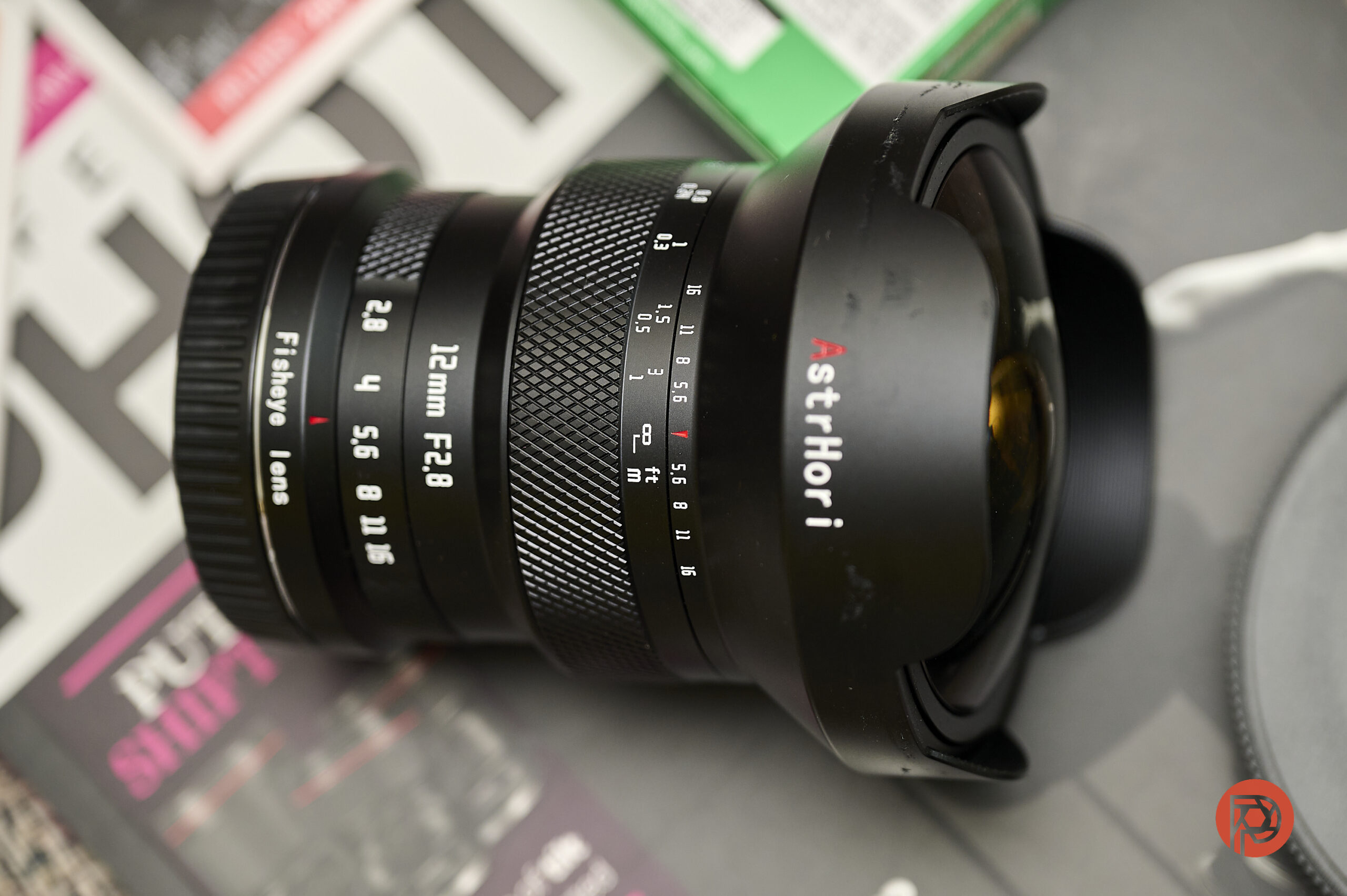It’s not an everyday use lens. In fact, I hardly think you’d use this more than a couple of times a year. The AstrHori 12mm f2.8 Full-Frame Fish Eye lens is one of those infrequent companions, reserved for rare occasions that demand its distinct capabilities. But when you do find the need to use it, rest assured that it delivers more than capable results for the price point. AstrHori, the rising star among third-party lens manufacturers, continues to establish its reputation by producing unique and unconventional lenses. This 12mm ultra-wide fisheye lens is a winner in this category.
Table of Contents
What’s A FullFrame Fisheye Lens?
Fisheye lenses exist primarily in two variations. The first kind produces circular, globe-like results on your image sensor, such as the image below taken with the Lomography Fisheye Baby 110 lens. These are called Circular Fisheye lenses.
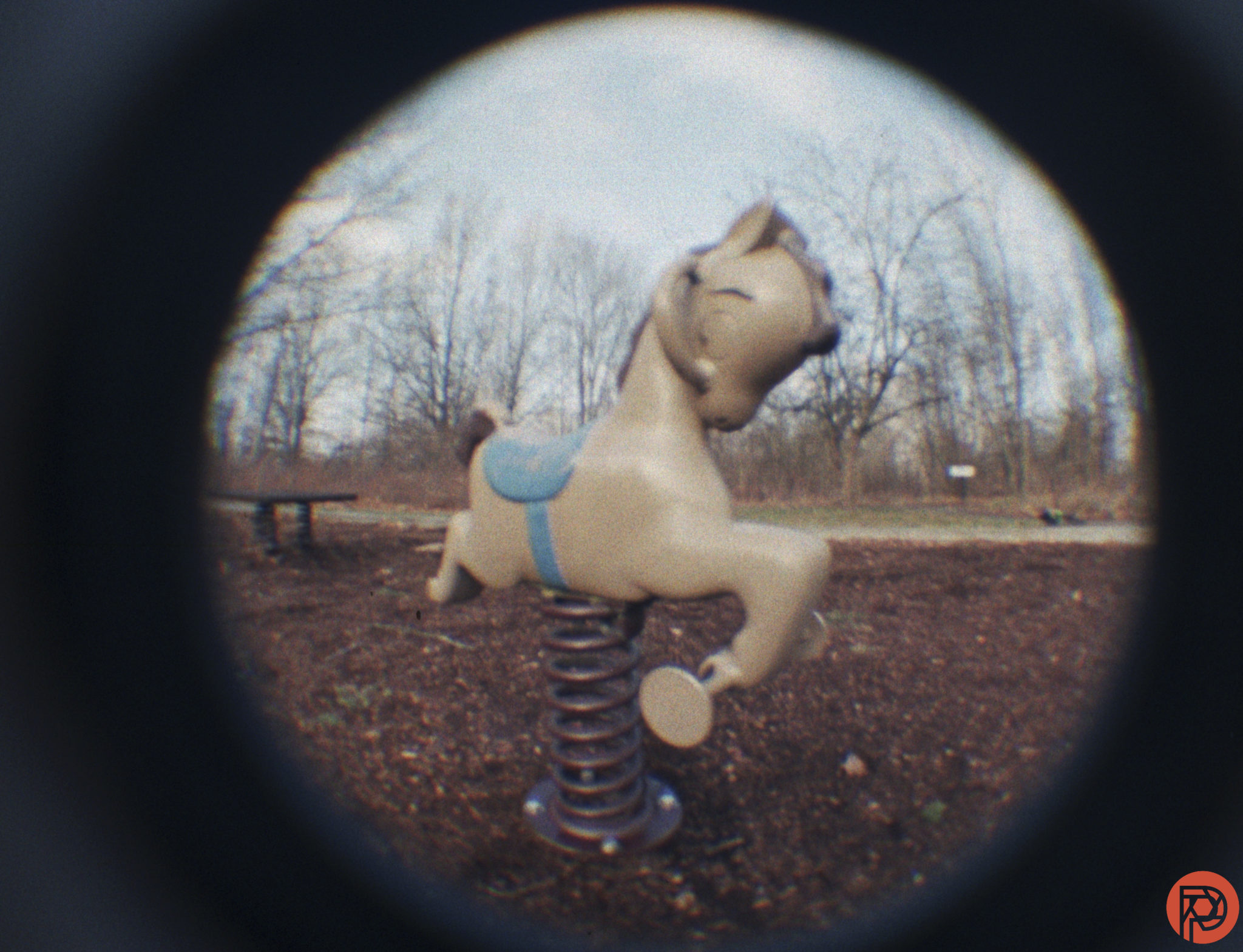
The second type is what’s known as Full Frame Fisheye lenses. This nomenclature confused me in my early days of photography when I assumed a certain lens belonging to this category to be unsuited for use on crop sensor cameras. To my embarrassment back then, I learned that the term Full Frame here referred to the area of coverage of the image on the sensor and had nothing to do with sensor size compatibility. That’s to say, unlike the results seen above from the Baby 110 lens, a Full Frame Fisheye lens produces a rectangular image across the whole of your sensor. I’d pick the latter of the two types any day, as I can’t see a scenario where I’d want to create a circular image.
The Big Picture
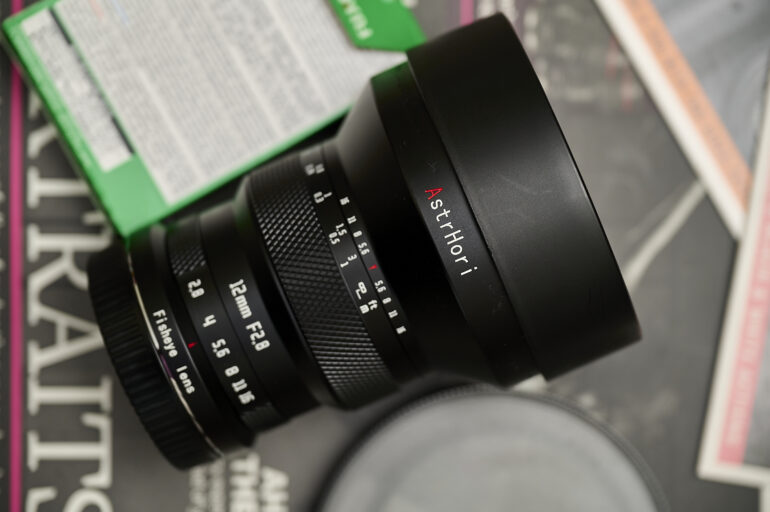
I always test out 3rd party lenses with zero expectations. And I’ve found that doing my reviews this way gives me renewed respect for the kind of results that they often surprise me with. When I unboxed the AstrHori 12mm Fisheye lens, I initially anticipated using it at a limited number of spots across the city. Instead, I found myself carrying the all-metal lens around everywhere for a good couple of weeks, trying to see familiar places with a new perspective. The lack of autofocus didn’t deter me much, and it was an enjoyable endeavor on the whole to test this out.
It’s bulky for sure, and the weight is a direct result of the prime build quality offered in this lens. With a fairly short minimum focusing distance of 20cm, you can get close to your subjects (I wouldn’t try this for portraits) and produce interesting-looking visuals. Even at f2.8, the lens is impressively sharp for a unit priced at just over USD 250. I just wish they’d thought of a better design for the lens cap, as it’s often too tight a fit and requires a bit of wrestling with the lens to come off.
For its splendid image quality, ease of handling, and super ultra-wide (185°) coverage, I’m giving the AstrHori 12mm f2.8 Fisheye lens four out of five stars. It misses a full five stars because of that (necessary but) awfully designed lens cap.
Pros
- Sharp images even wide open at f2.8
- 20cm/7 ⁷/₈in close focusing distance
- All metal lens barrels and metal lens mount, weighing around 757g/1.67lb
- Multi-layer front lens element coating to suppress ghosting and flares
- Clicked aperture ring and very smooth manual focus ring
- Sells for $256
Cons
- The glue on the padding of the inside lens cap transfers onto the lens very often, resulting in a sticky lens.
- No electronic contacts on the mounts means no EXIF data enters your image file.
Gear Used
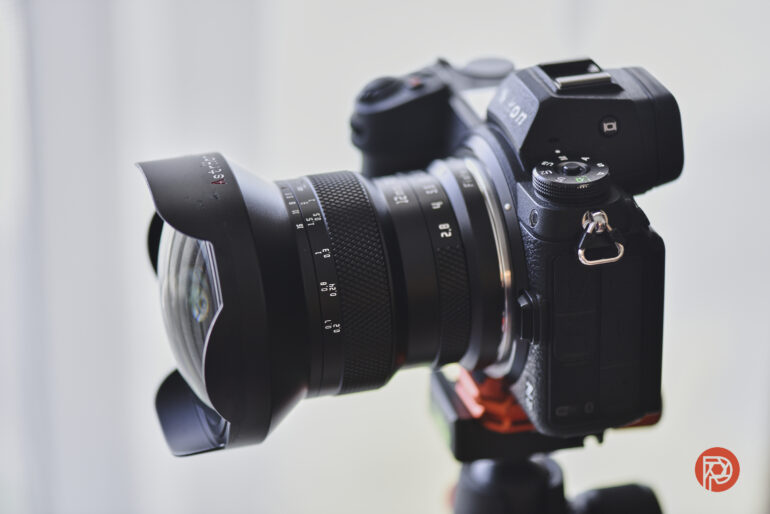
I tested the AstrHori 12mm f2.8 Fisheye Z-mount lens, which was provided to us by Pergear, with my Nikon Z6 II. The lens is also available for Canon RF, Sony FE, and Panasonic L-mount options
Innovations

Fisheye lenses, especially those at this price point, typically cap out at 180° angle of field of view. The AstrHori 12mm goes just a little bit wider at 185°. In this image, the railing just below the camera is clearly visible in the corners. The whole railing could have been seen if I had stepped back a few inches.
Ergonomics
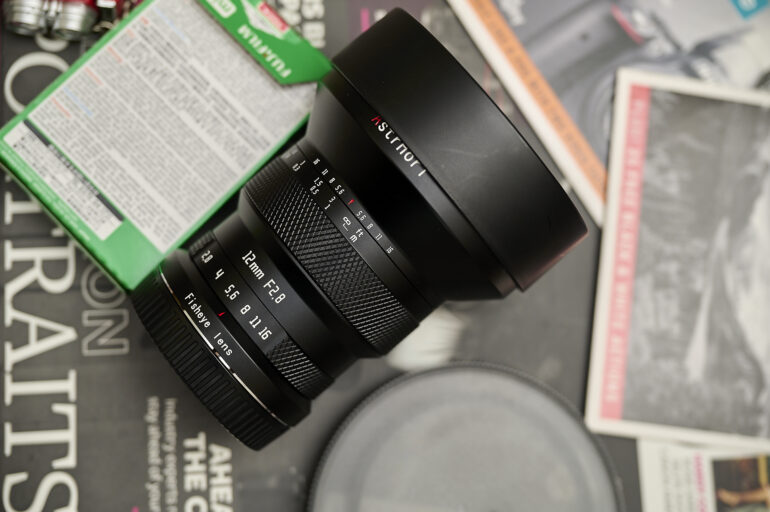
Aside from the bulbous front element (which seems to attract a lot of dust), the rest of the lens appears tiny. But this doesn’t result in a noticeable weight imbalance to the front of the lens when it’s mounted to the camera. Striking a delicate balance, the lens maintains an even distribution of weight. I like my lenses to be light, but in this instance, I was somewhat pleased it felt heavier than it looked. Maybe the cold metal feel to it added to this sense of tactile pleasure when I handled the lens.
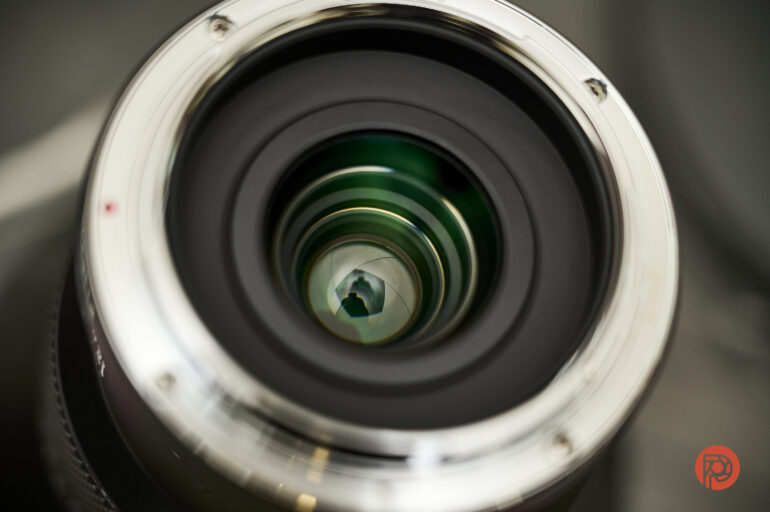
There’s absolutely no chance of using filters on this. At least not your standard screw-on circular types. No rear element drop-in filter slots either.
The aperture ring is clicked, and that’s the only way to change the aperture. The absence of electronic contacts on this lens means you can’t use the dials on your camera to adjust this.
Build Quality
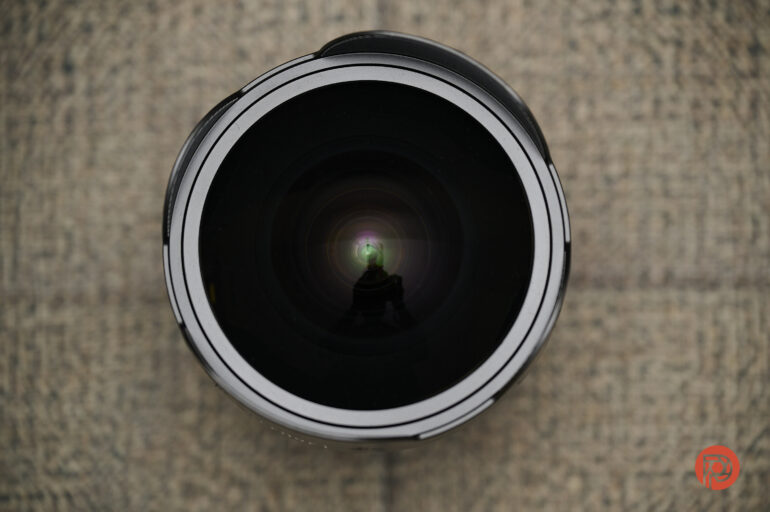
I don’t have any complaints about the way this lens is made. It feels pretty solid when you hold it. The weight seems somewhat evenly distributed, even with the large front element. That means you don’t have to perform juggling acts when mounting this lens to your camera. There’s no mention of weather sealing anywhere this lens is listed online.
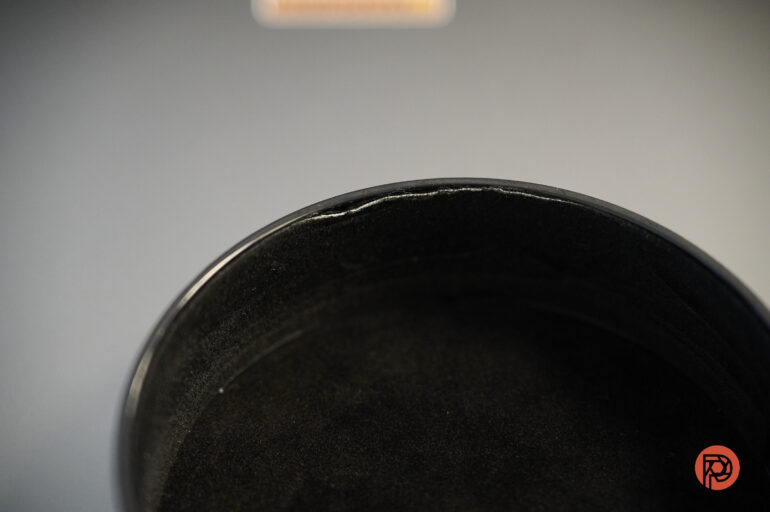
What really disappointed me though was the protective lens cap. This could have been redesigned to fit the lens better. It’s metal too, so AstrHori has attempted to reduce potential damage to the metal lens exterior by incorporating a velvet padded strip within the cap. After just a few instances of handling, the strip started to peel off at its edges, exposing the adhesive beneath.
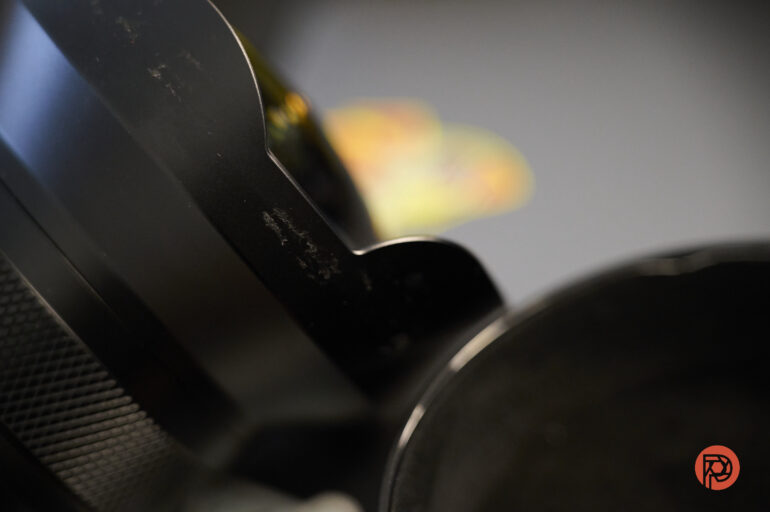
Consequently, this glue began to transfer onto the lens exterior, leaving an unpleasant sticky residue. The snugness of the lens cap posed further challenges. Repeated attempts to remove the cap often required excessive force, resulting in an unwelcome struggle on many occasions. It was too darn tight, and the 110F heat outdoors made the lens cap even tighter.
Focusing
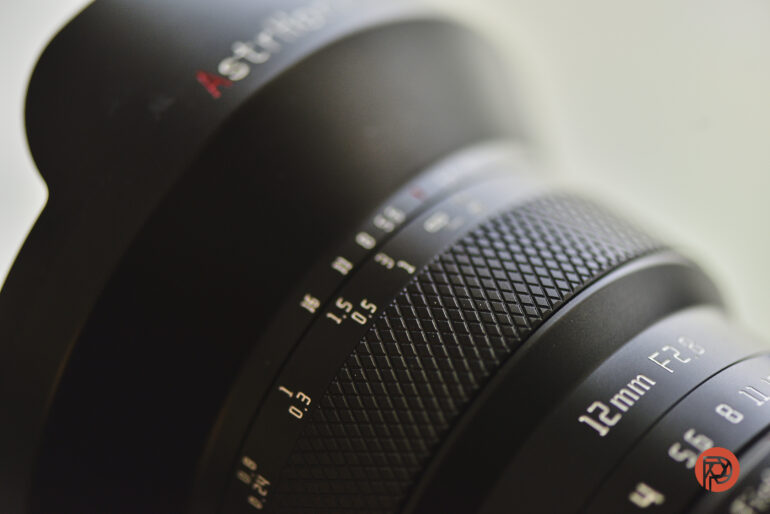
All manual but enjoyable. Because it’s got a very close focusing distance, I’m pleased that the focus ring doesn’t move too quickly when turned. You’ve got to take your time with it. It is smooth to turn and not stiff in any way. It needs around 90° of turn from the 20cm closest distance to focus at infinity. Focus peaking helps with getting it right, but I sometimes prefer magnifying the subject in the viewfinder and inspecting it at 100% before clicking.
Ease of Use
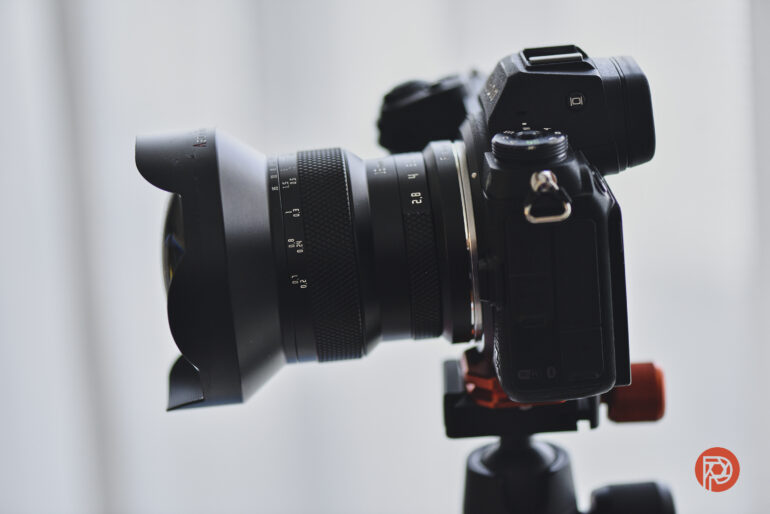
Learning how to use the lens requires no thumbing through the included tiny instruction manual to read nor any fast-forwarding through a Youtube video. If you haven’t used a fisheye lens before though, be prepared to take some time getting used to that massive distortion on the edges.
Image Quality
At around USD 250, you’d be forgiven for not expecting too much quality in the image. But the AstrHori 12mm f2.8 fisheye lens punches above its weight in this department.
Bokeh
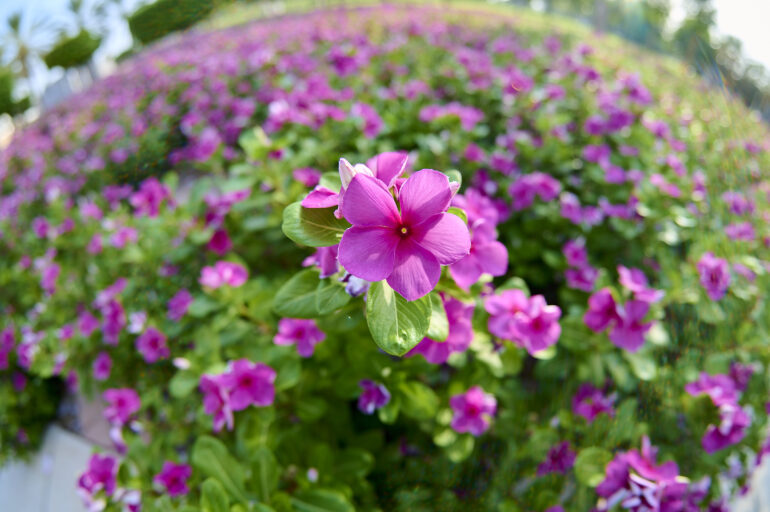
This isn’t a lens you buy for bokeh. Still, the depth of field falloff at f2.8, when close focused at 20cm for this flower, was pleasing.
Sharpness
I’m not complaining at all. When you take the time to get your focusing right, you really start to see good levels of sharpness and contrast, especially once stopped down to f8 and beyond. The sharpest results you’ll find are probably at f11
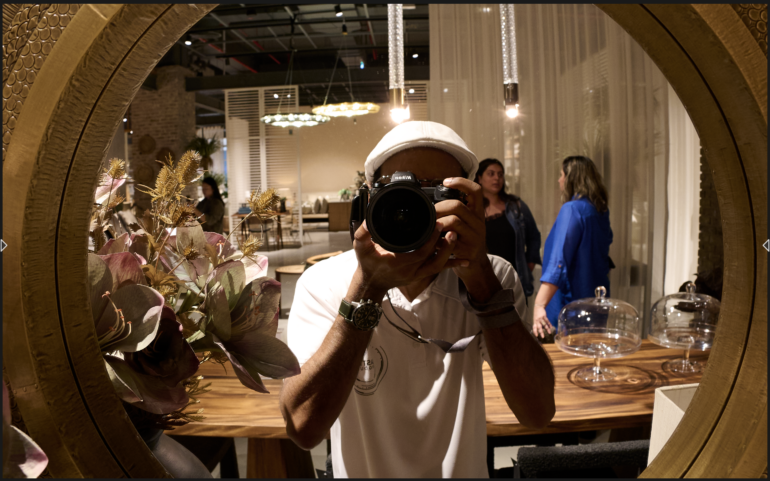
Here’s a 100% crop of me taking a selfie with this lens. Notice the details on the camera brand name and in the foliage on the left of the image.
Color Rendition

I shot all the photos on this lens in the Nikon Standard picture profile on my Z6 II. Even when shooting into the sun, there wasn’t any noticeable loss of contrast. Any chromatic aberration that was visible in some photos was quickly corrected in post.
Lens Character
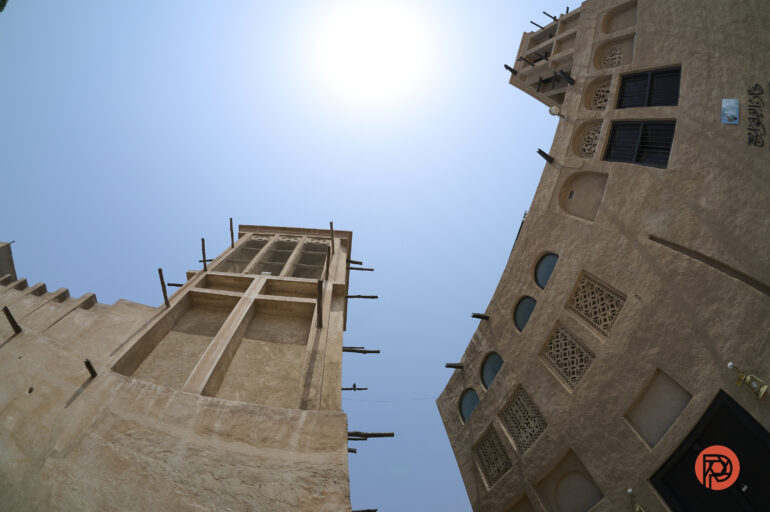
Whatever those lens coatings are, they seem to be working pretty well in reducing flare. A huge front element like this attracts light rays over a large surface area. While flare isn’t absent entirely, it doesn’t look unattractive when visible. Often when the sun was in the frame, I couldn’t see any flare at all.
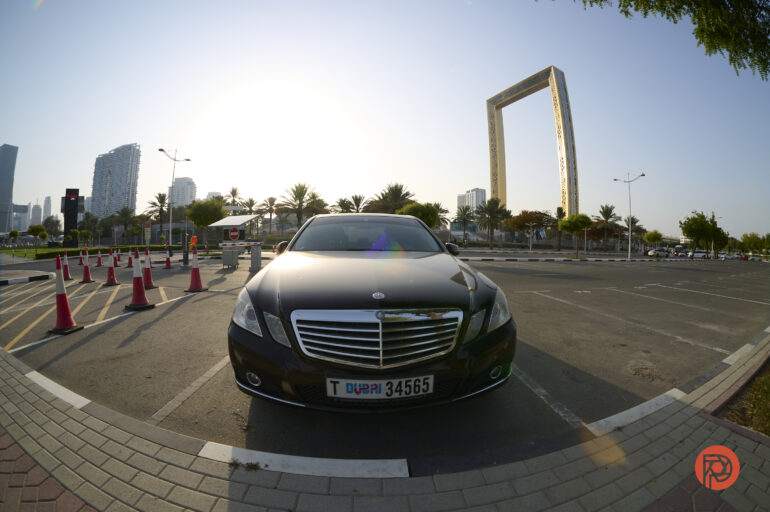
One thing that I did spot more than once was a very prominent rainbow flare pattern right in the center of the lens. This occurred more when the evening sun was at a lower angle and not necessarily directly opposite to the lens.
Extra Image Samples
From day one, The Phoblographer has been huge on transparency with our audience. Nothing from this review is sponsored. Further, lots of folks will post reviews and show lots of editing in the photos. The problem then becomes that anyone and everyone can do the same thing. They’re not showing what the lens can do. So we have a section in our Extra Image Samples area to show edited and unedited photos. From this, you can make a decision for yourself.
Unedited
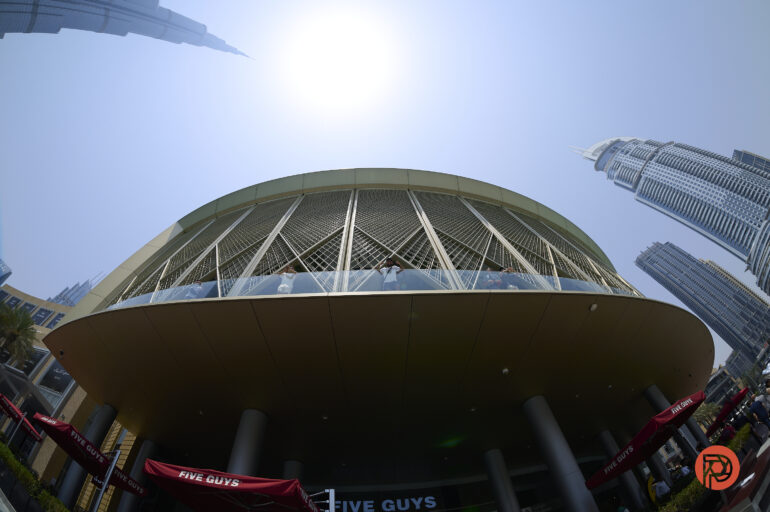
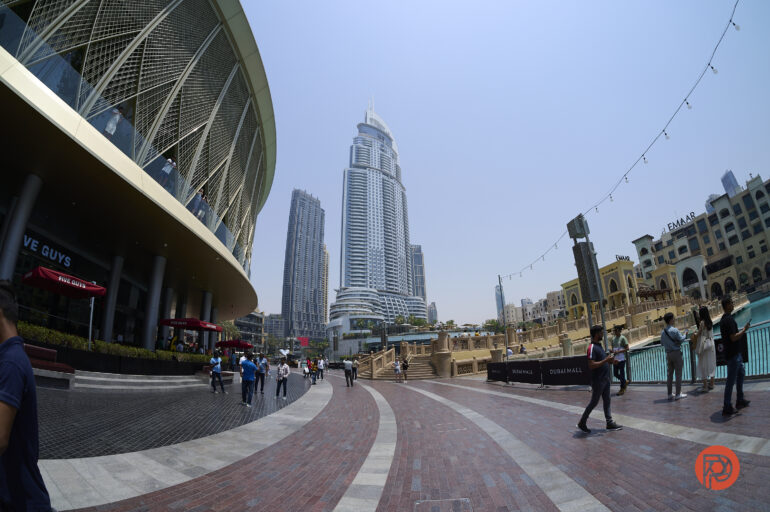
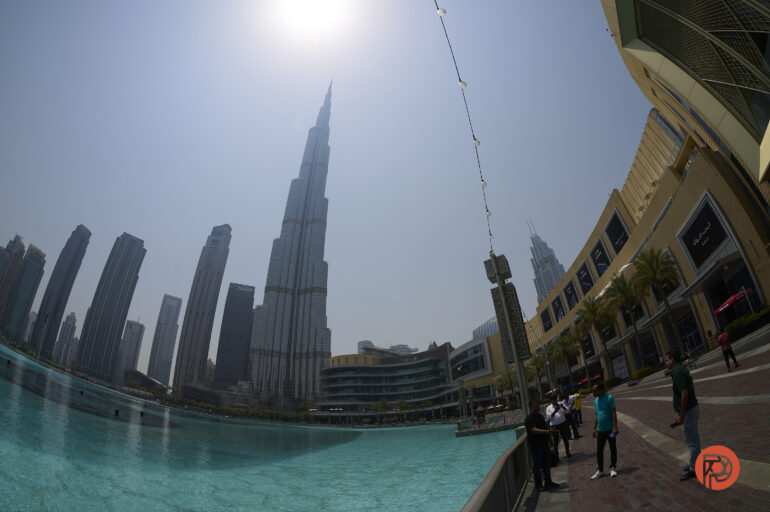
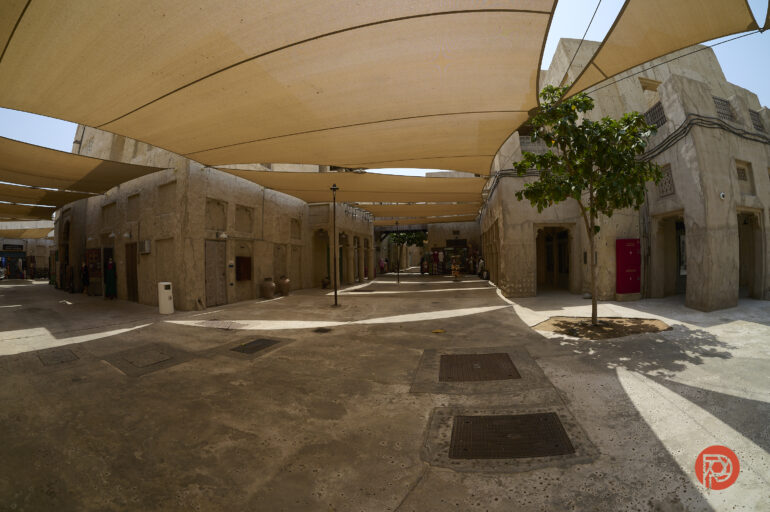
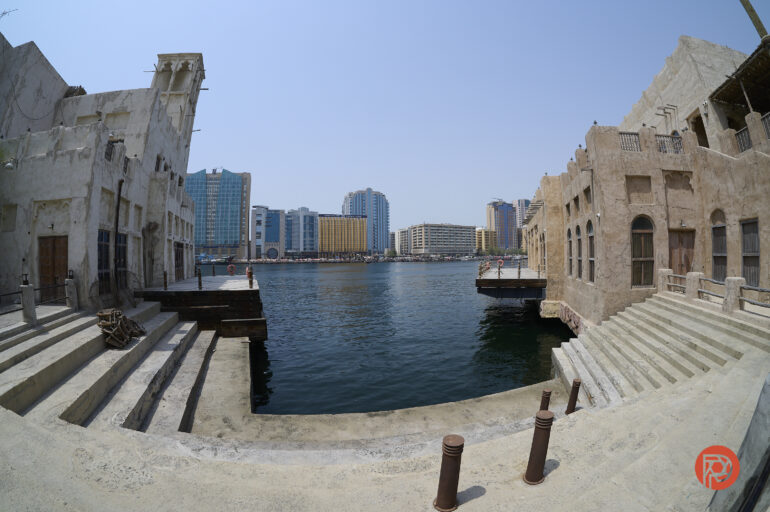
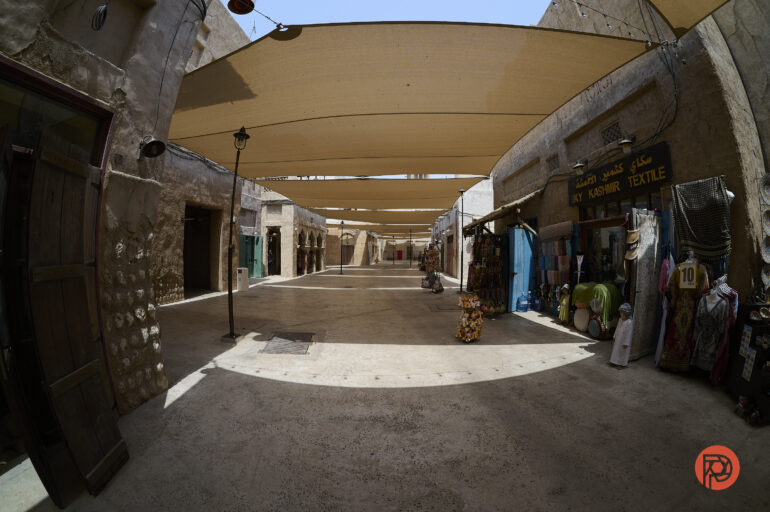
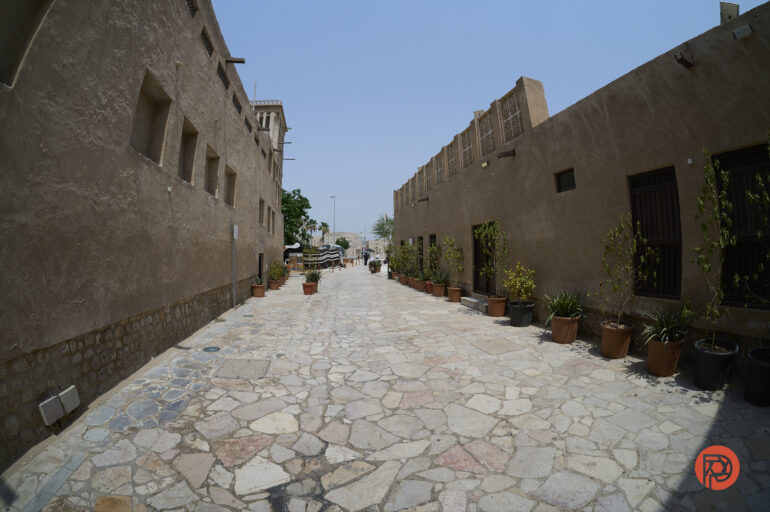
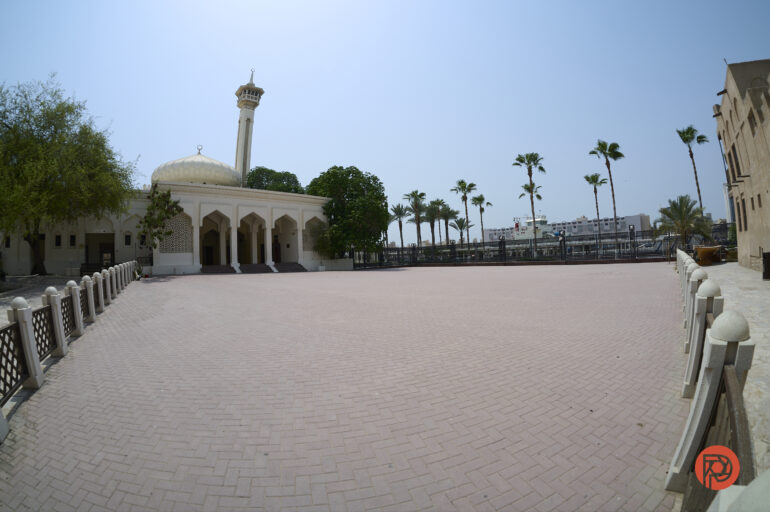
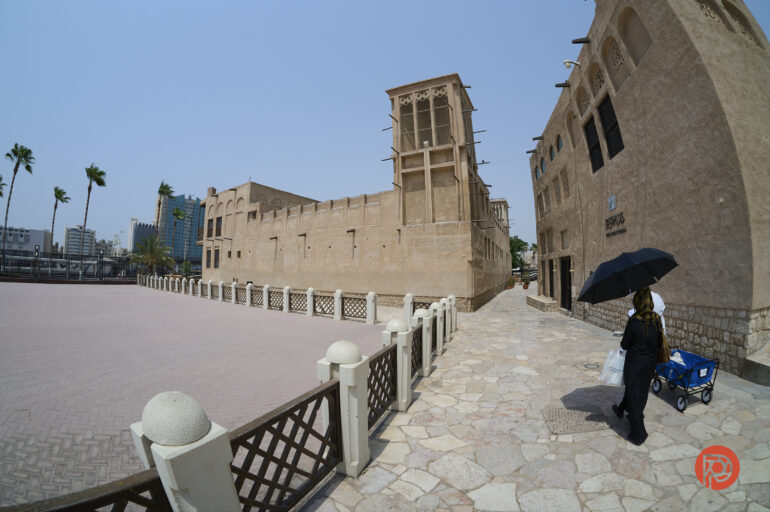
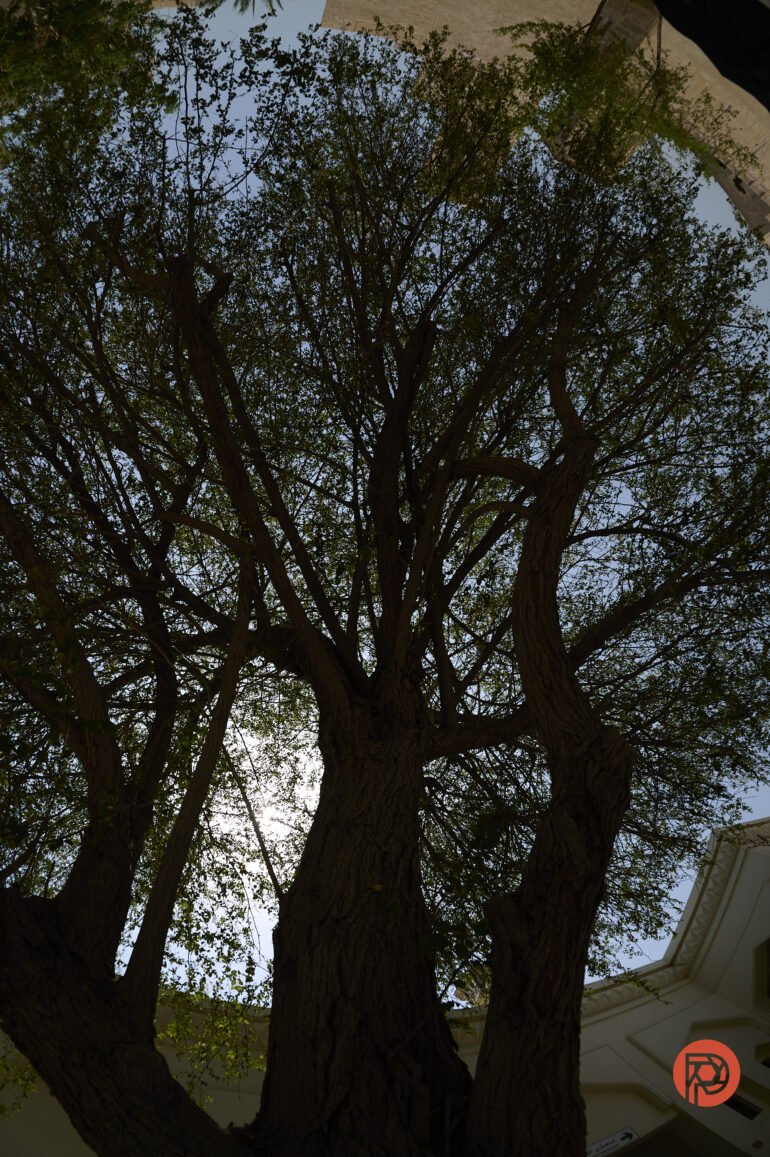
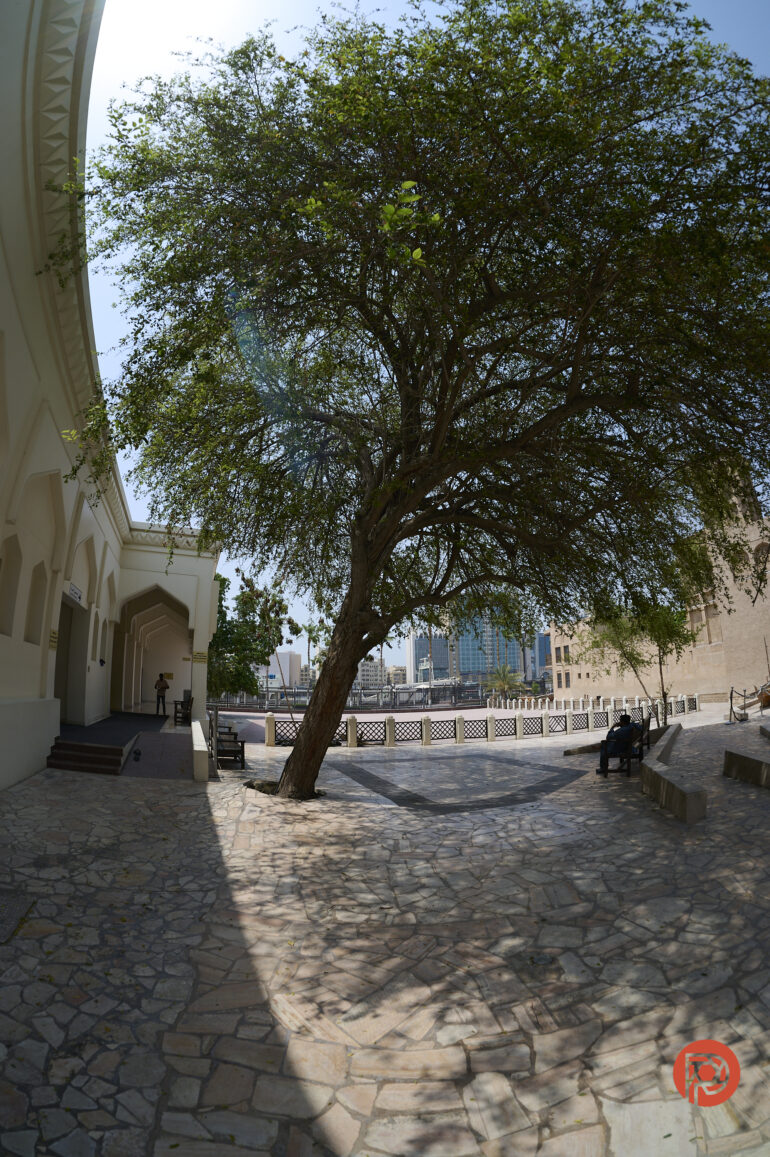
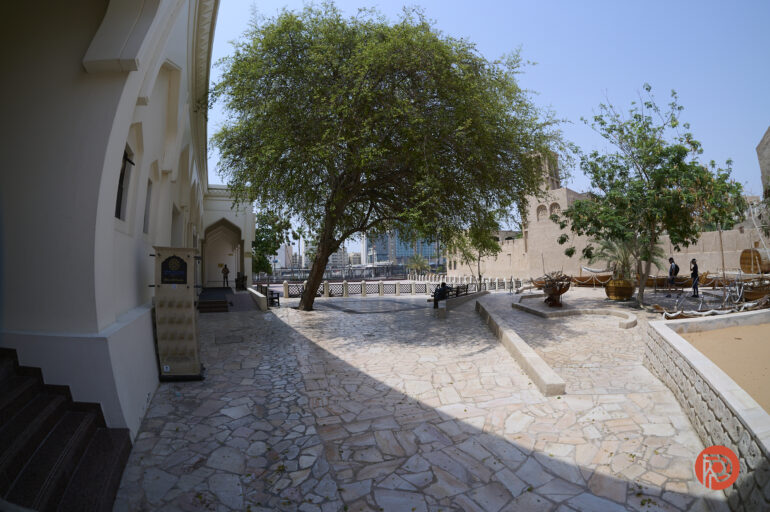
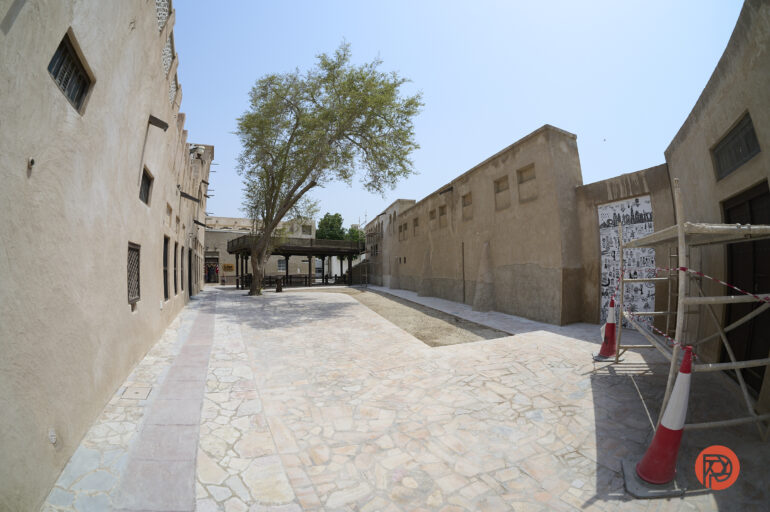
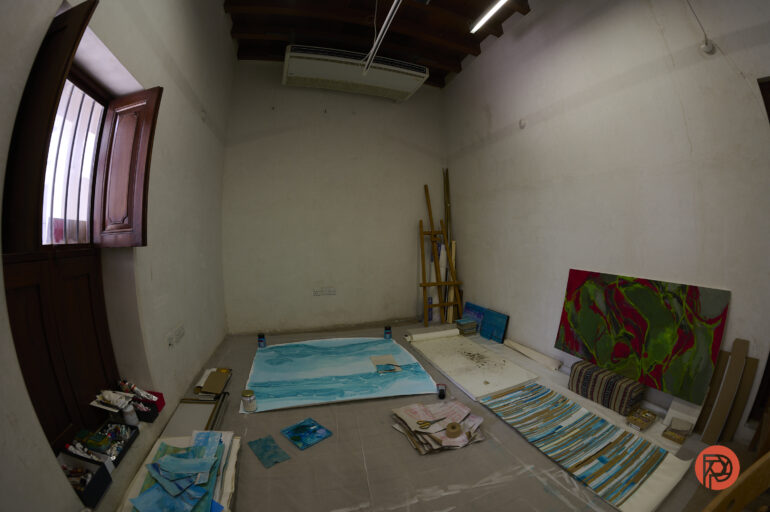
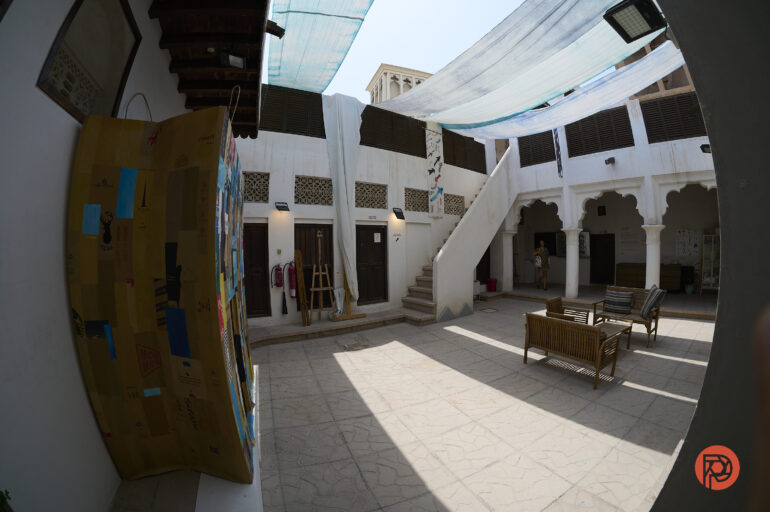
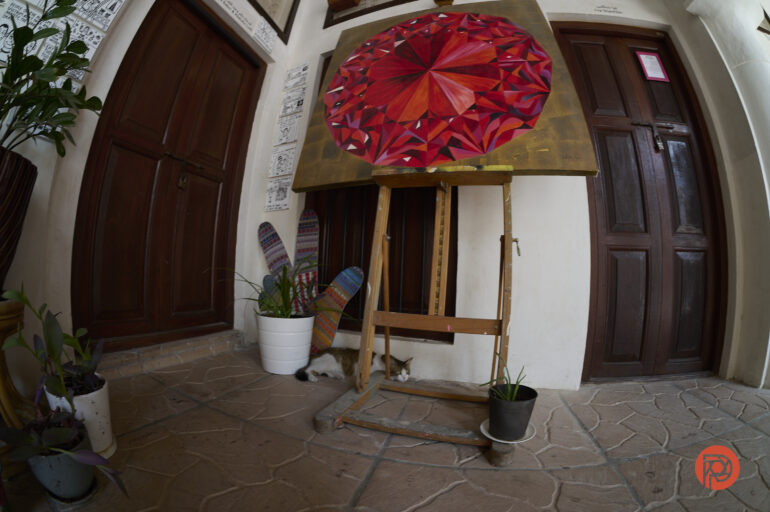
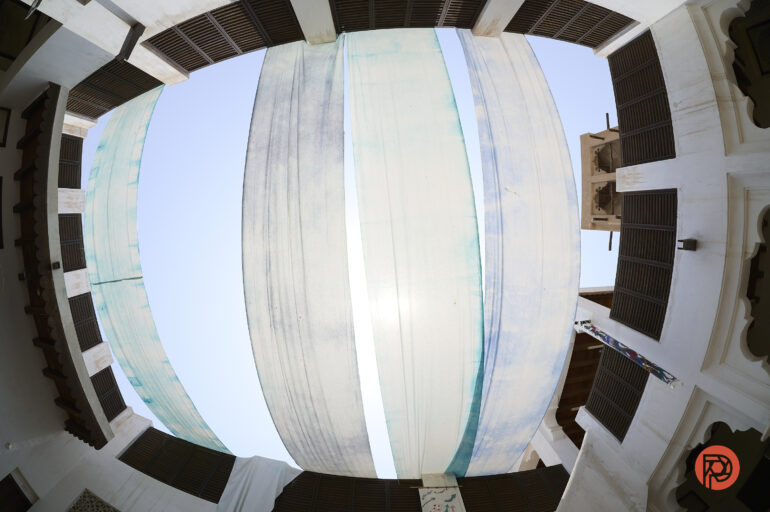
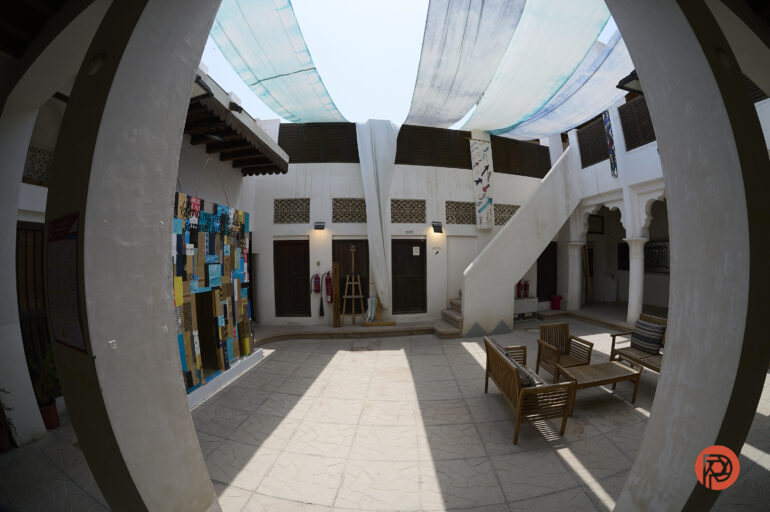
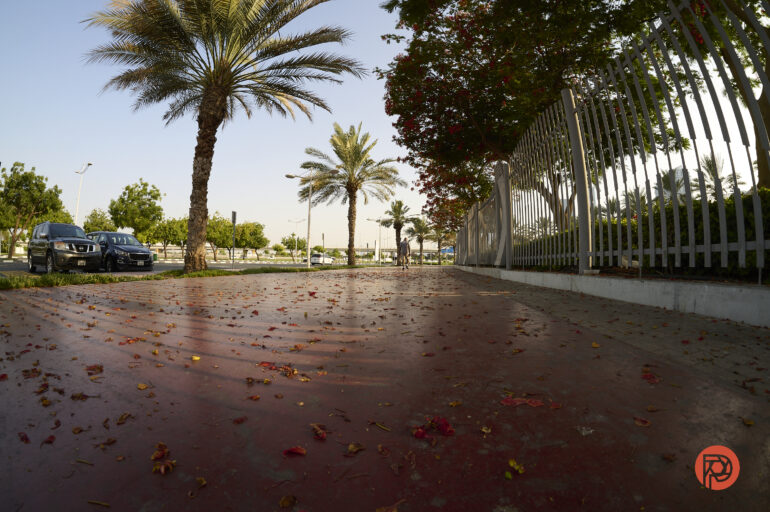
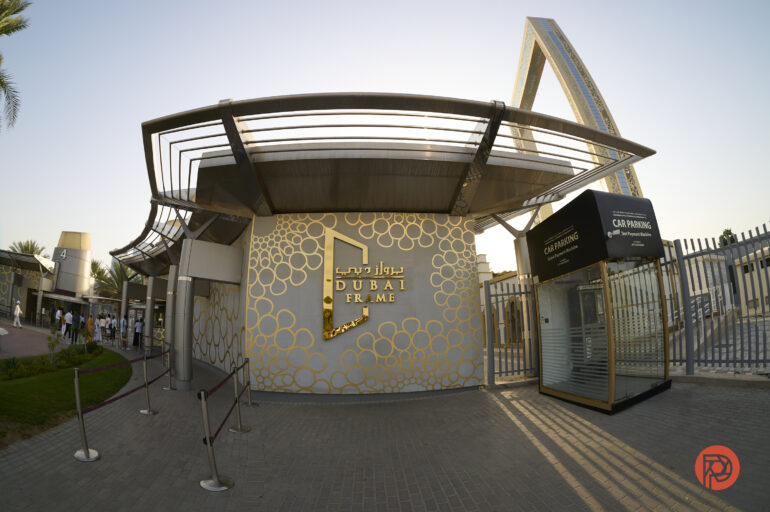
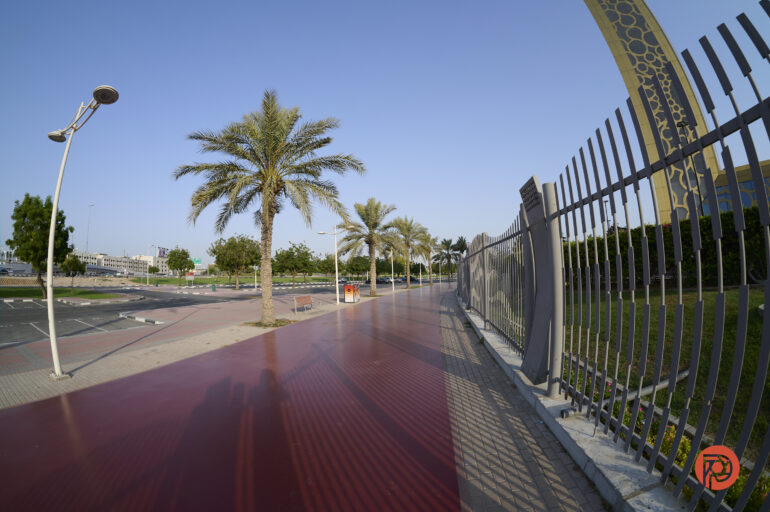
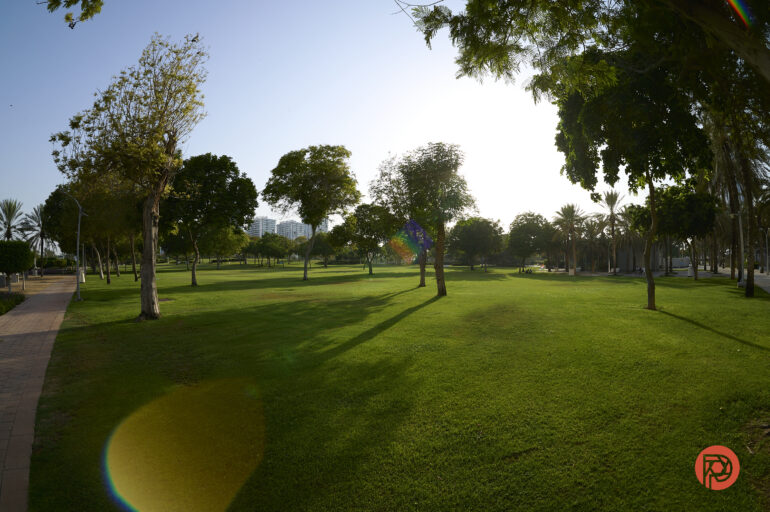
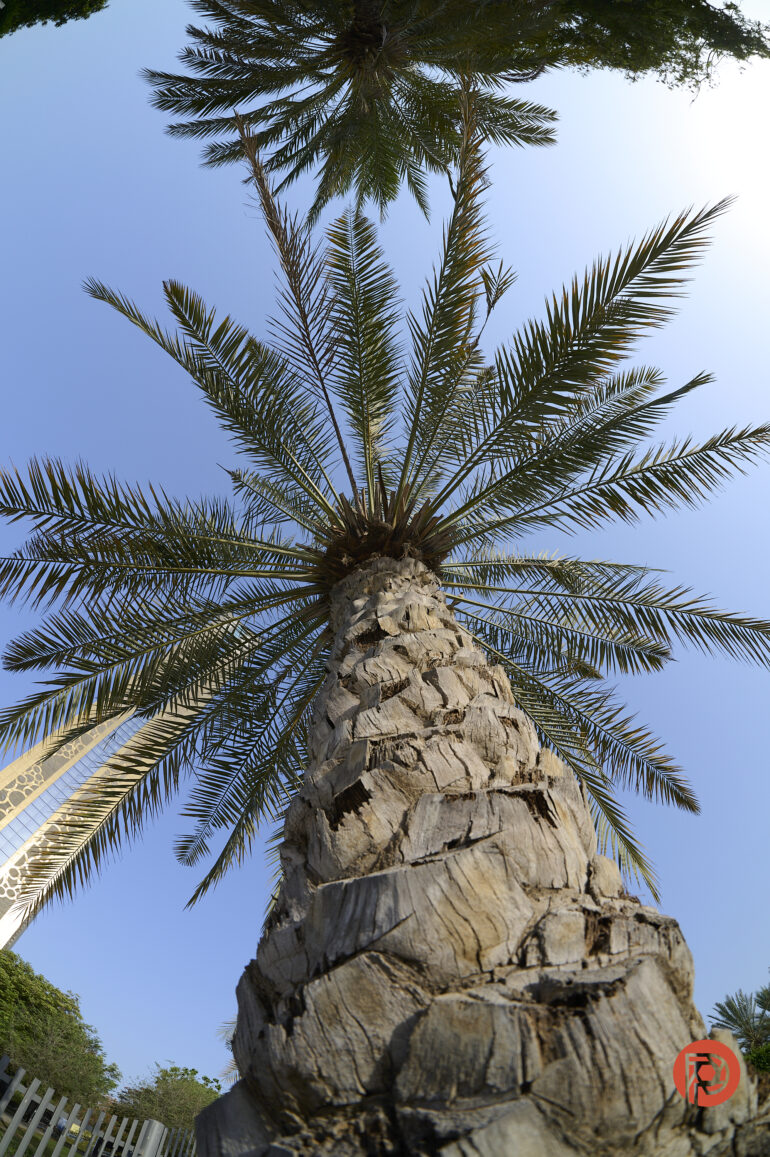
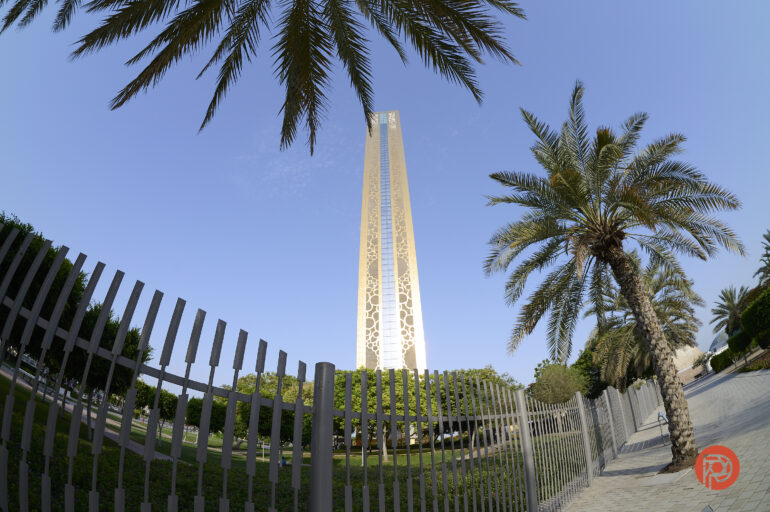
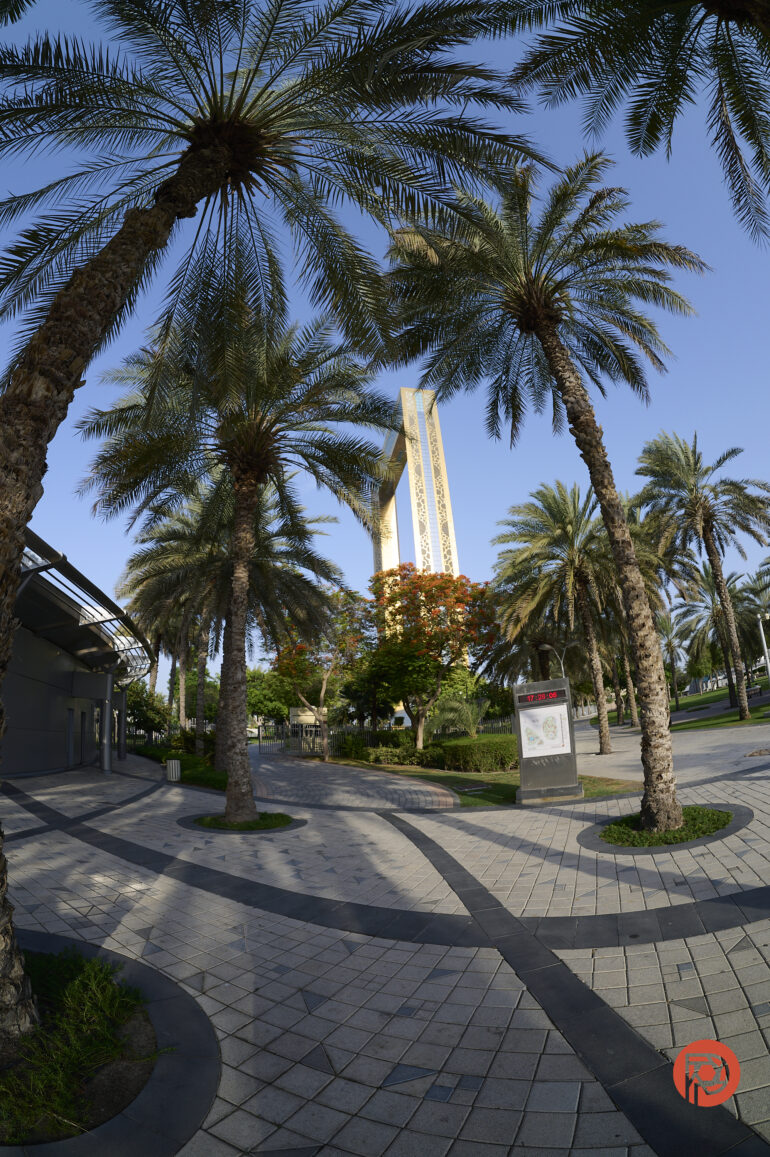
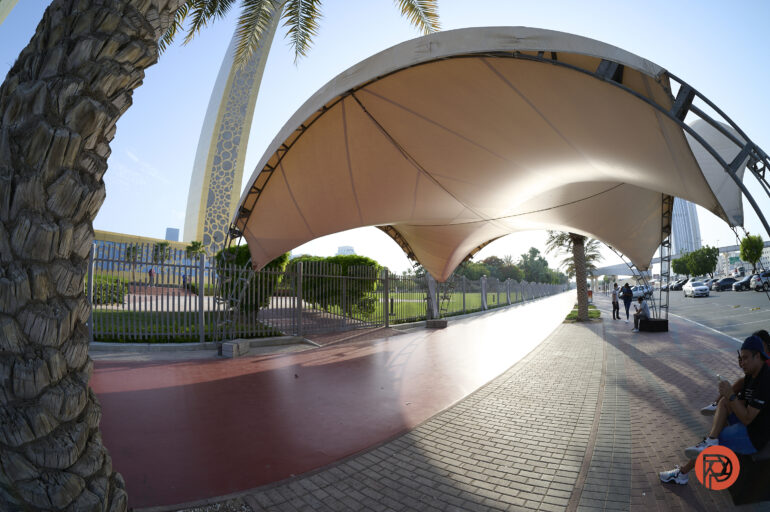
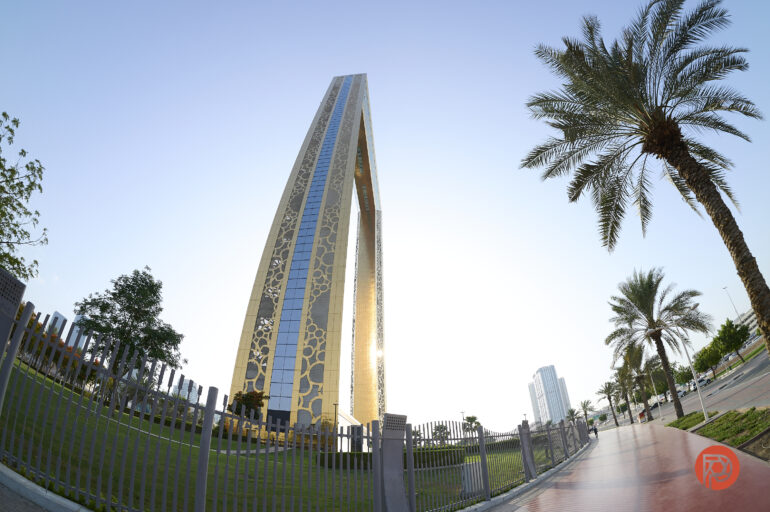
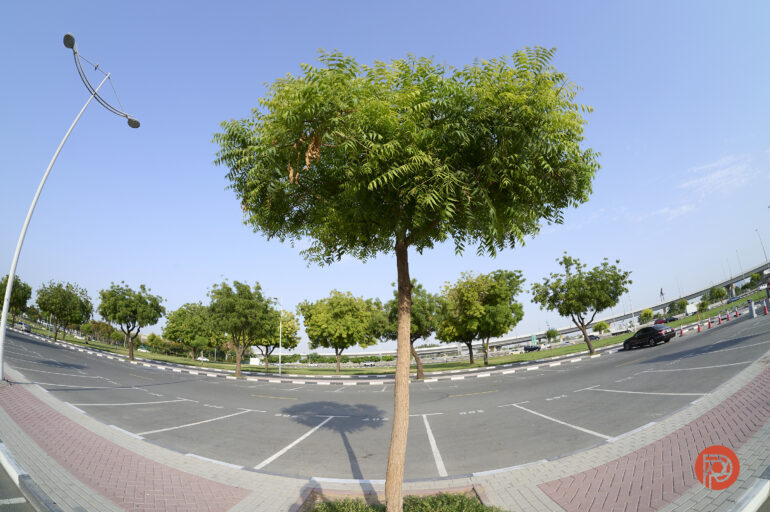
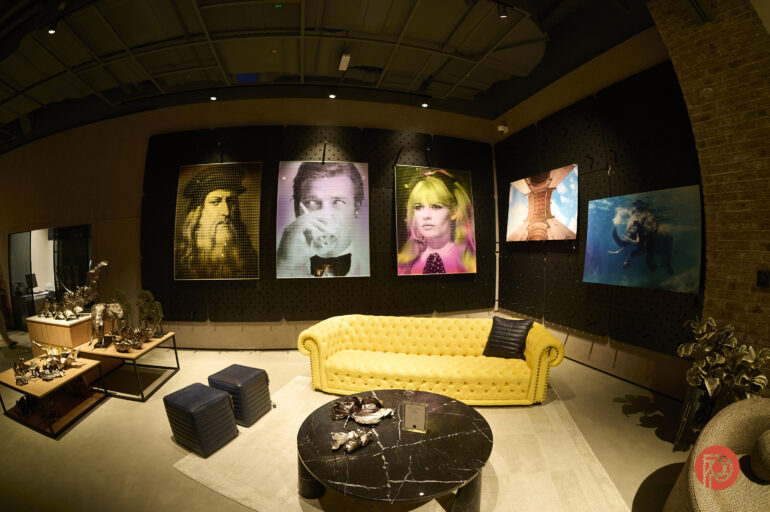
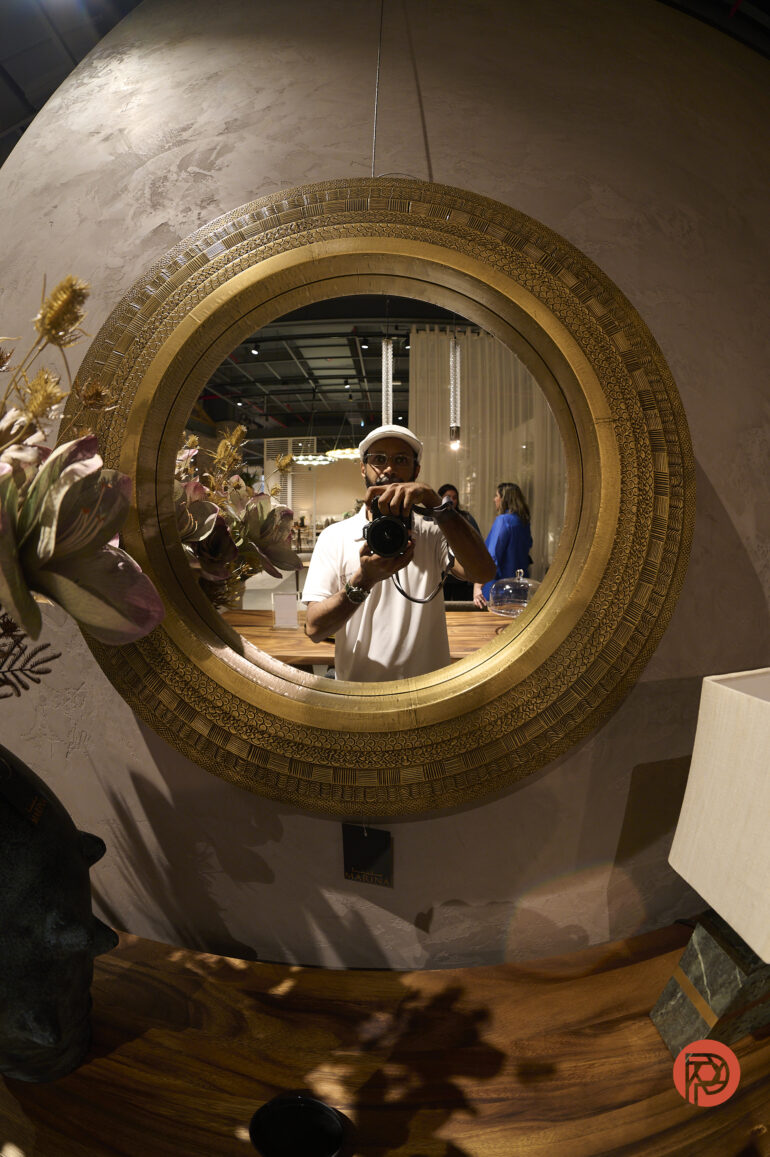
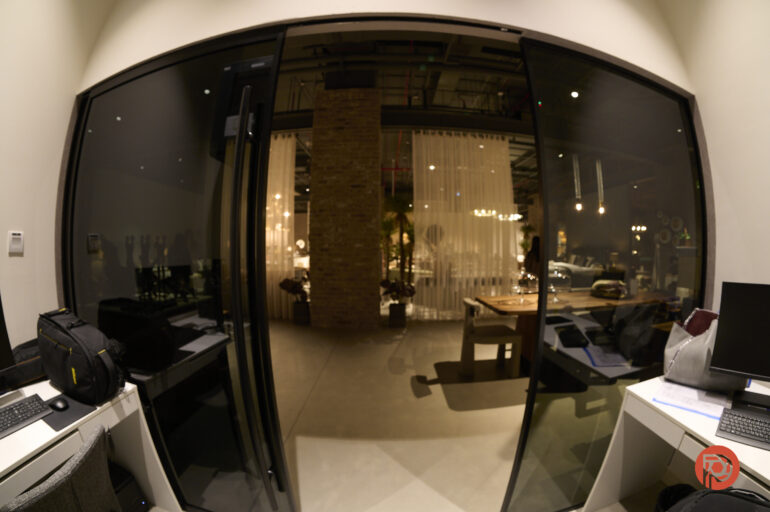
Edited
There are no official lens profiles for the AstrHori 12mm f2.8 lens at the moment. At least none that I could find on Capture One Pro or Adobe Lightroom. So I used the Samyang 12mm f2.8 fisheye lens profile that Lightroom had to try and fix the lens distortion in some pics. You can see the before/after versions of the distortion correction below.
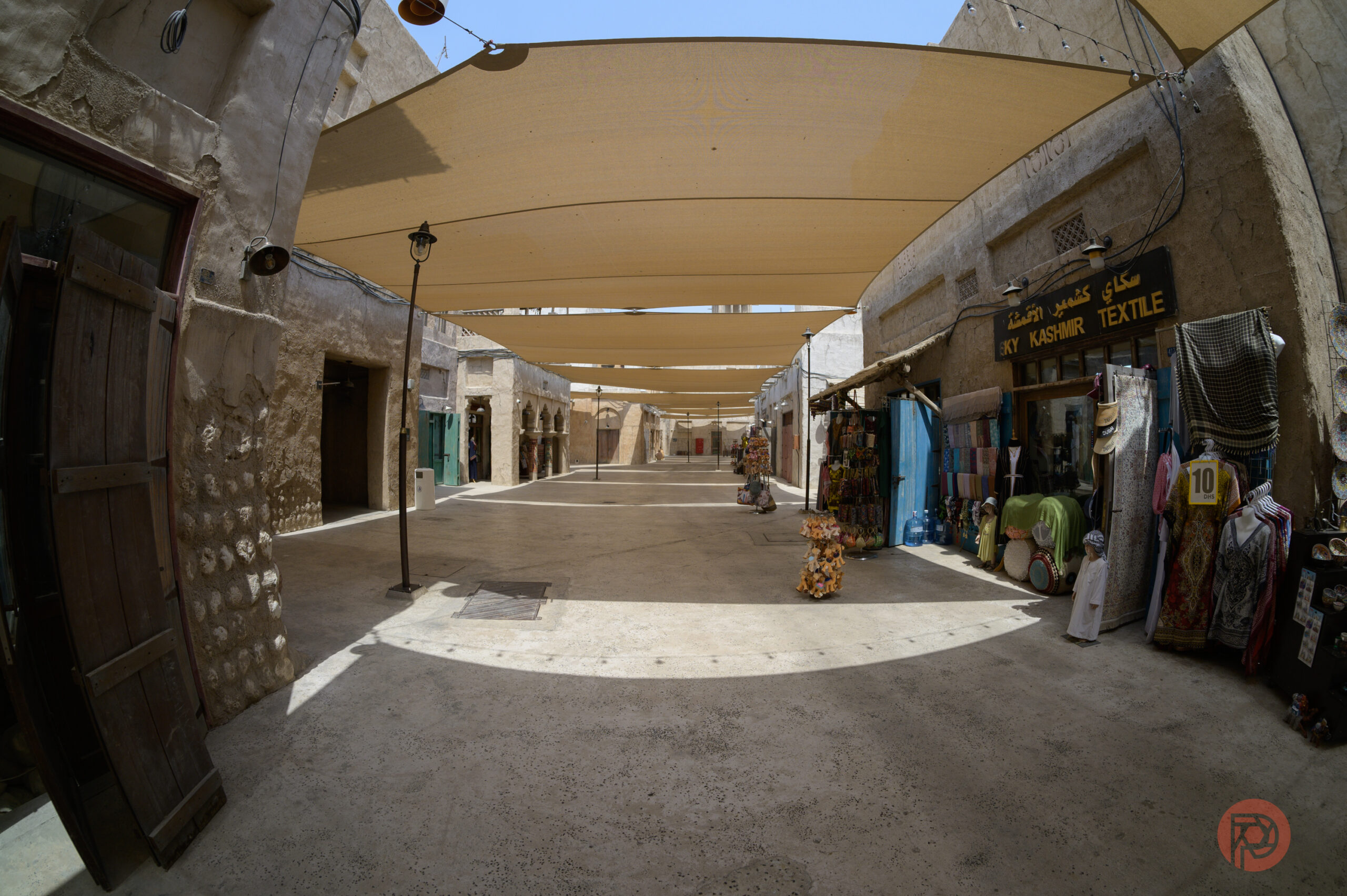
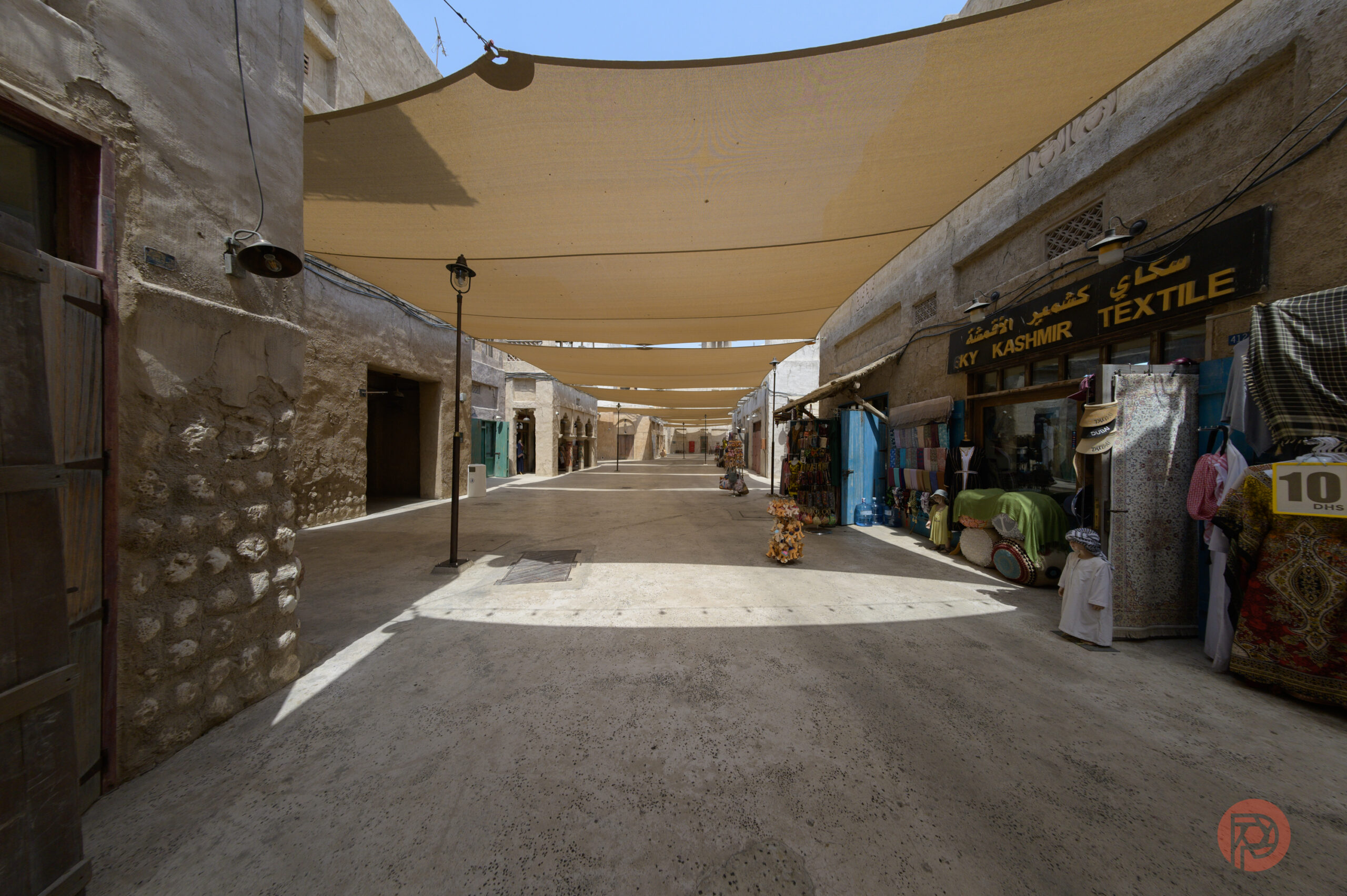
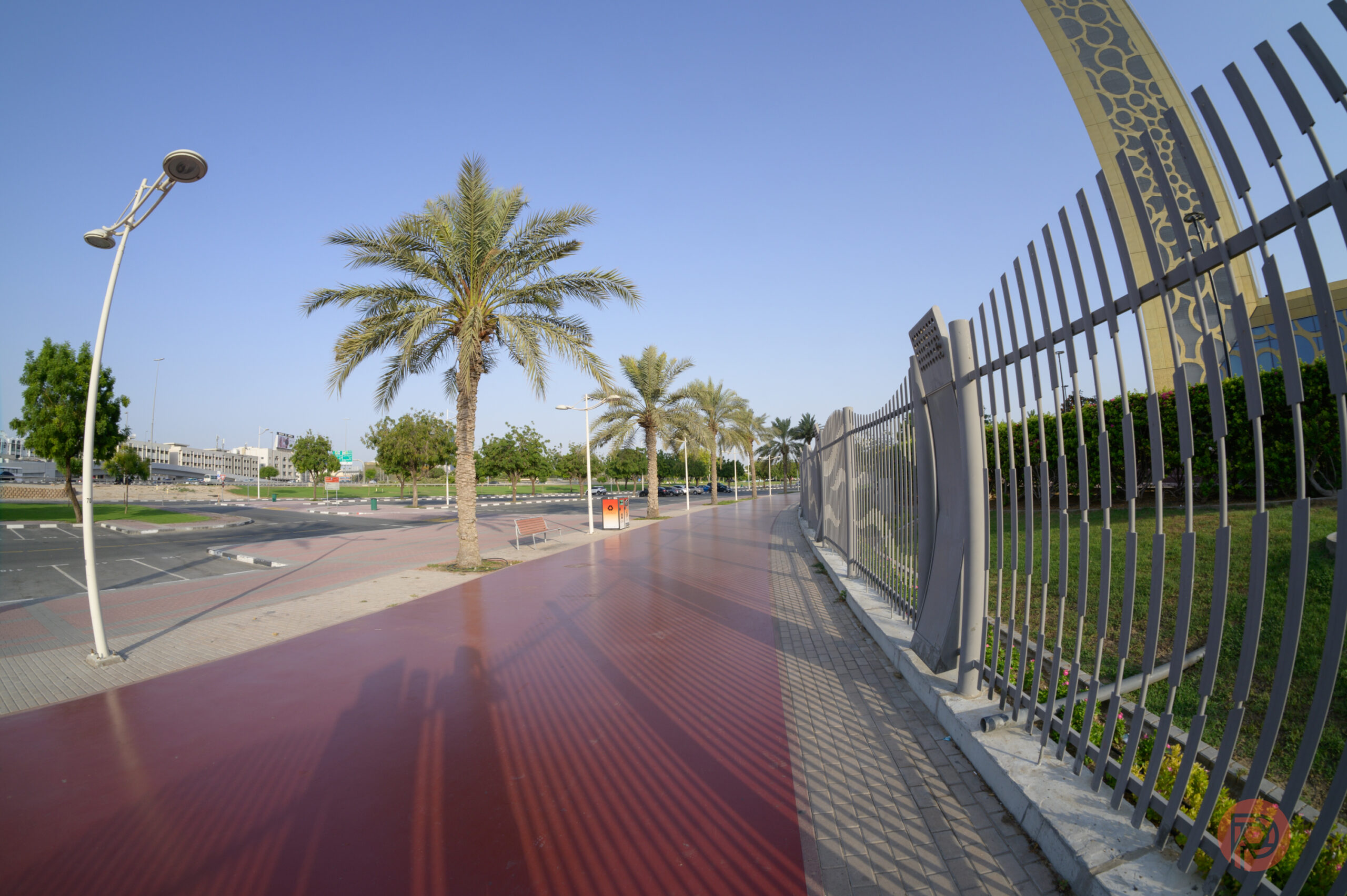
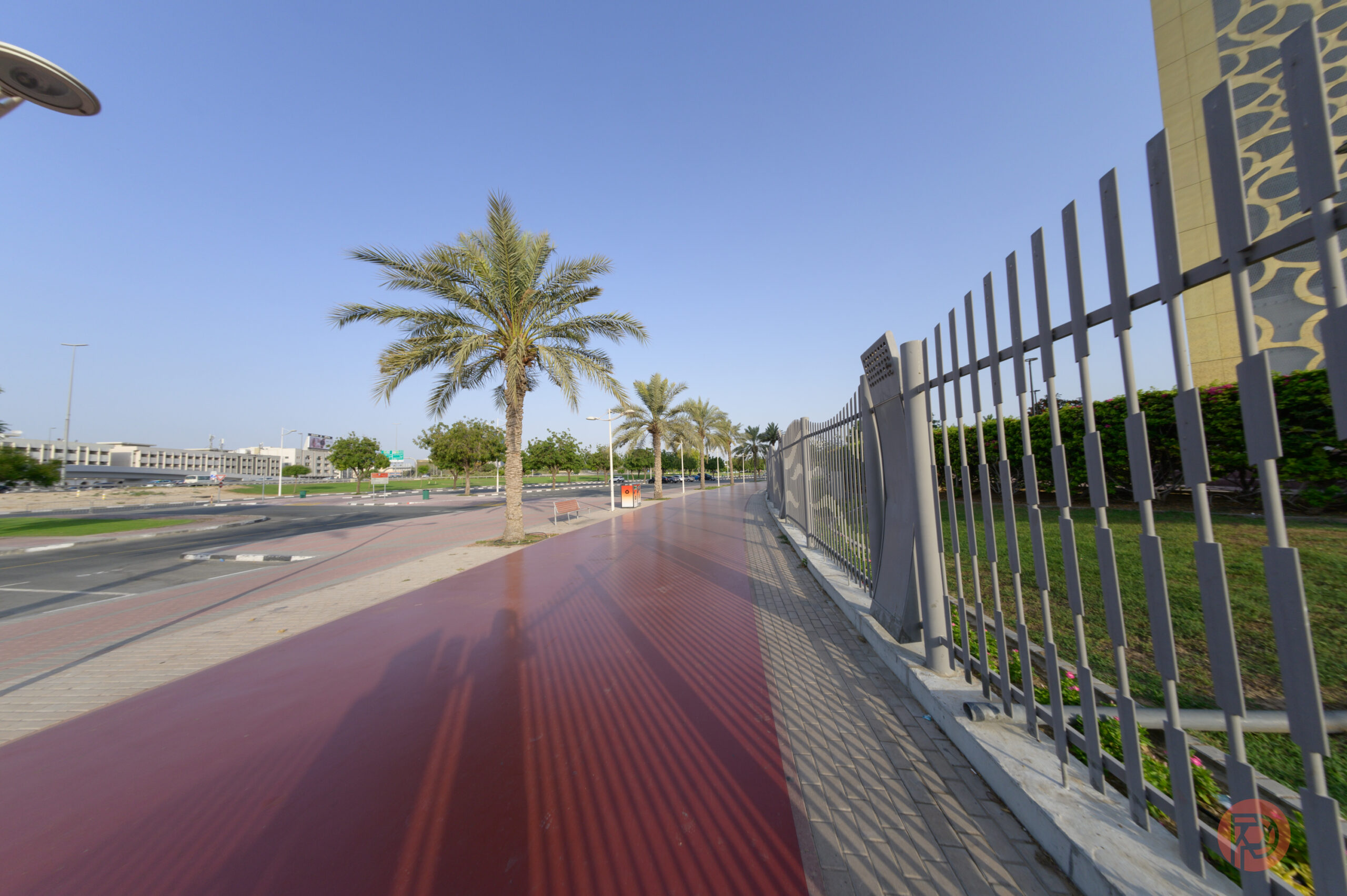
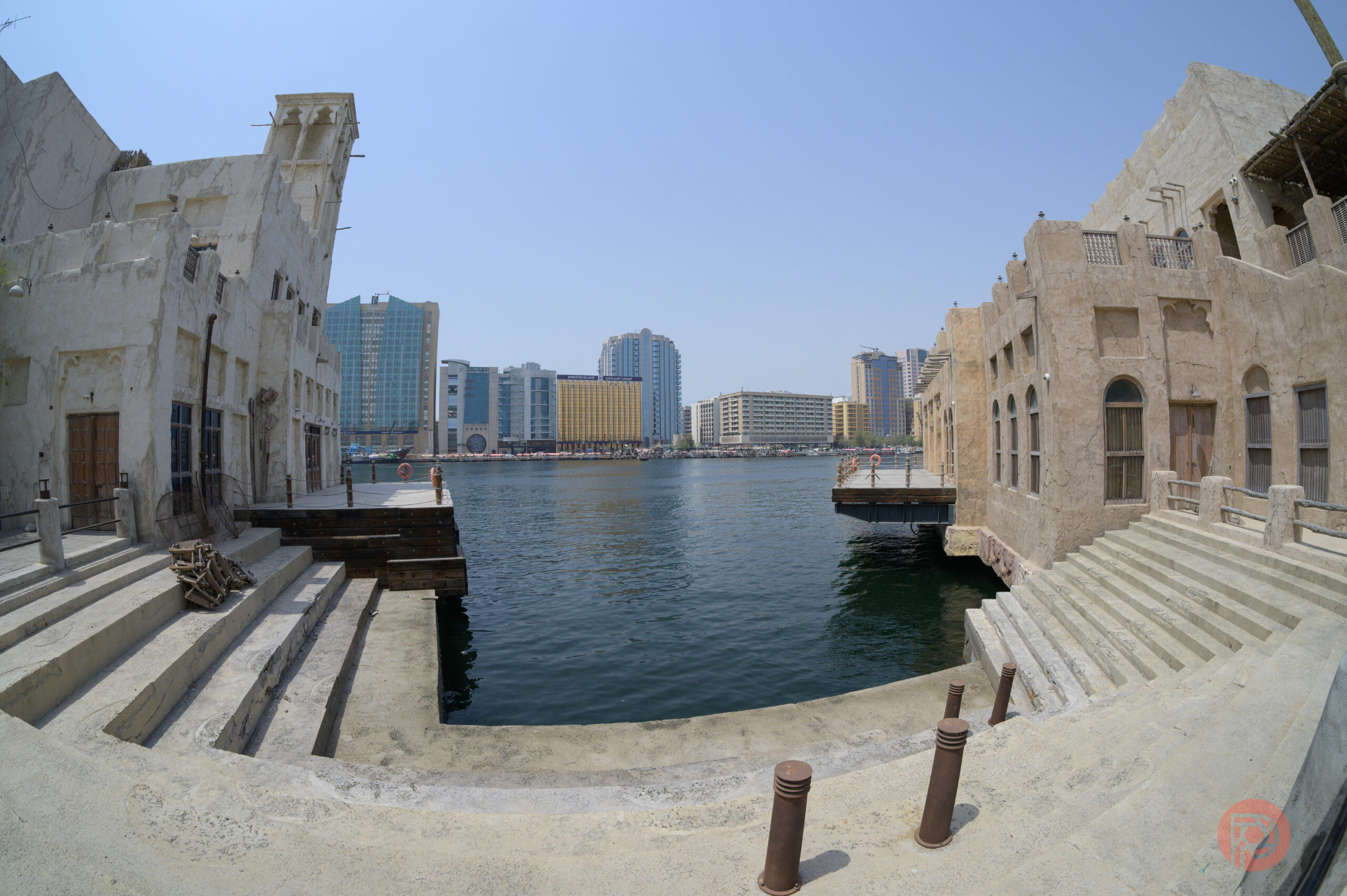
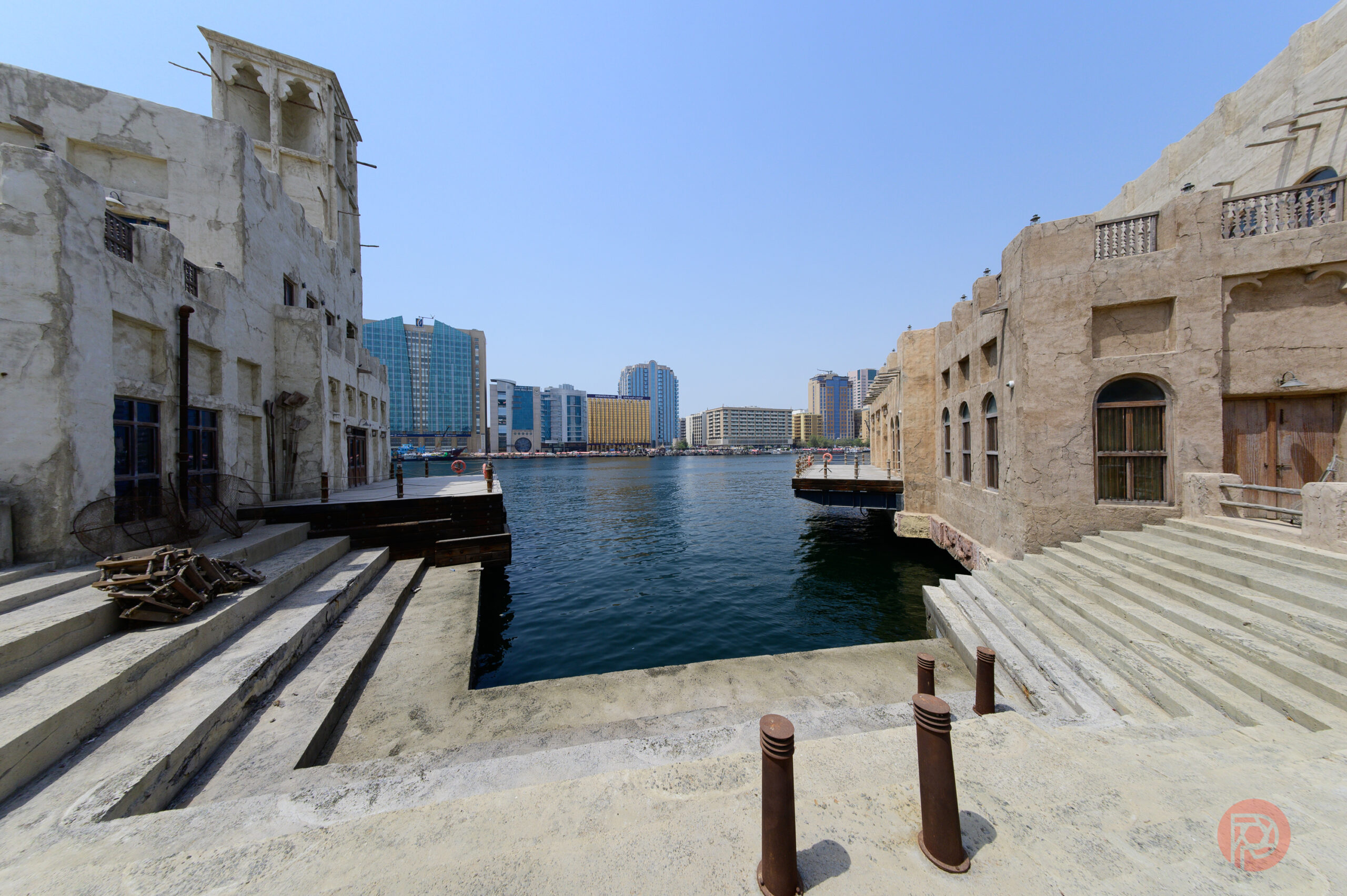
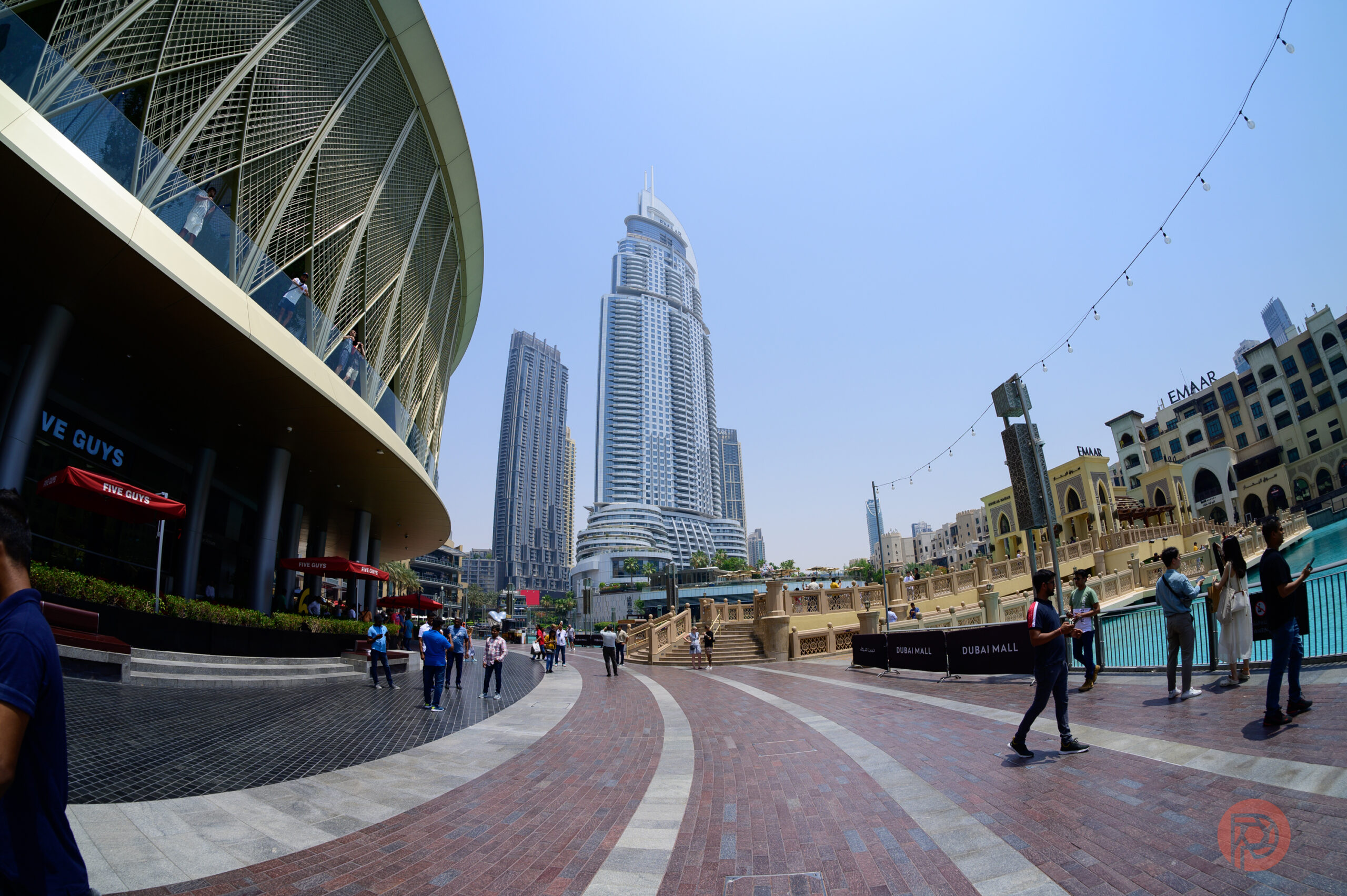
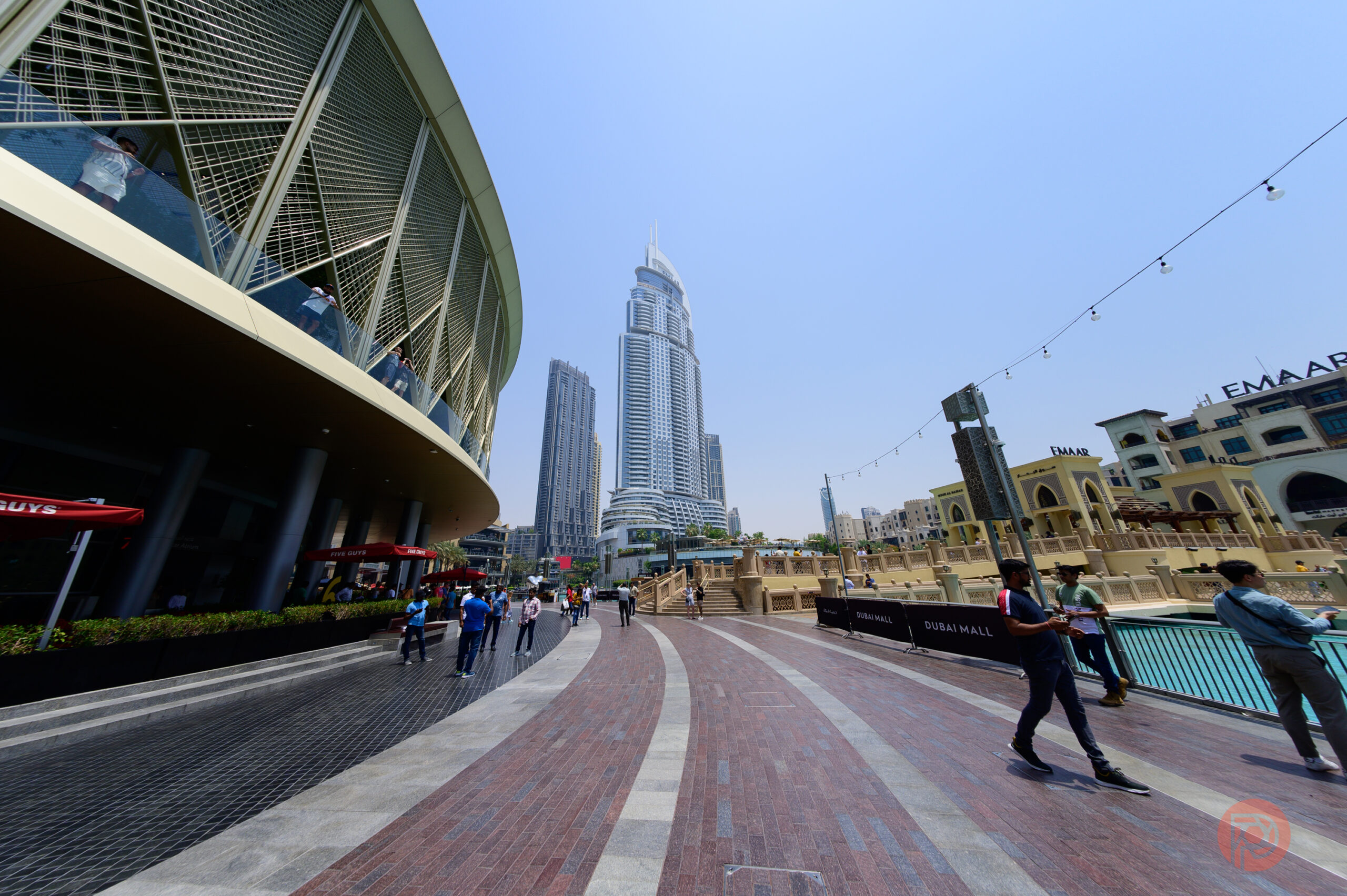
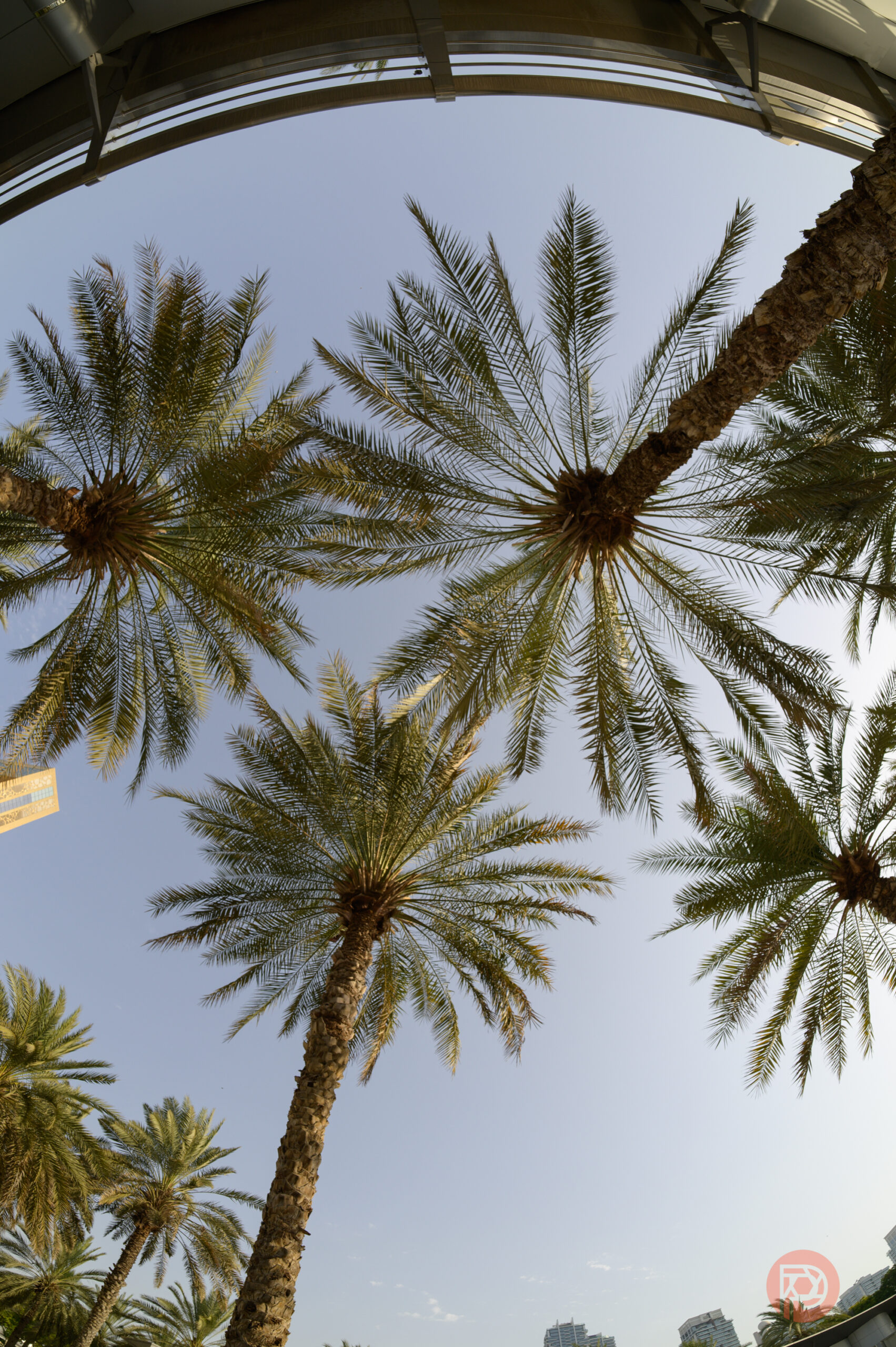
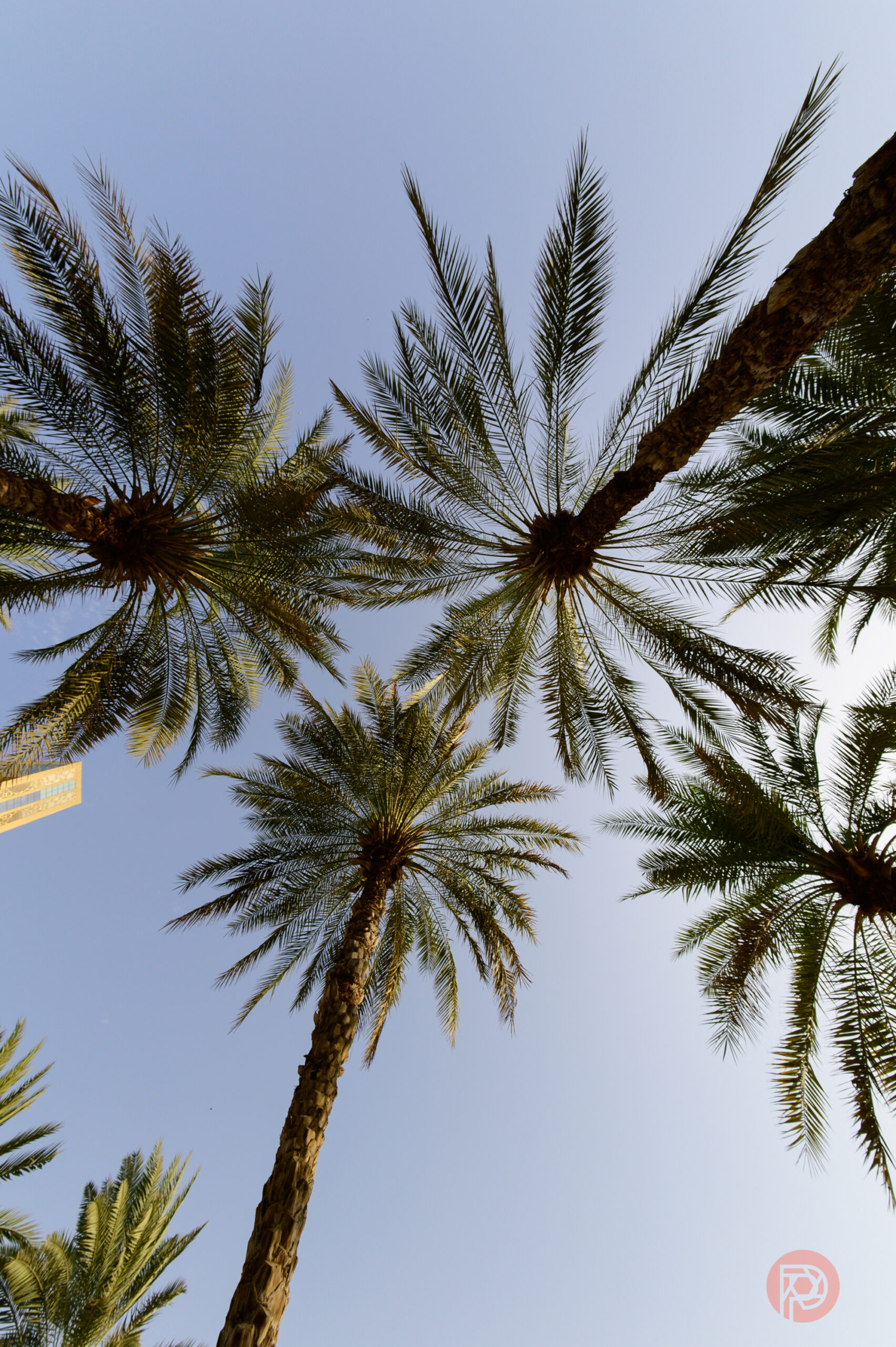
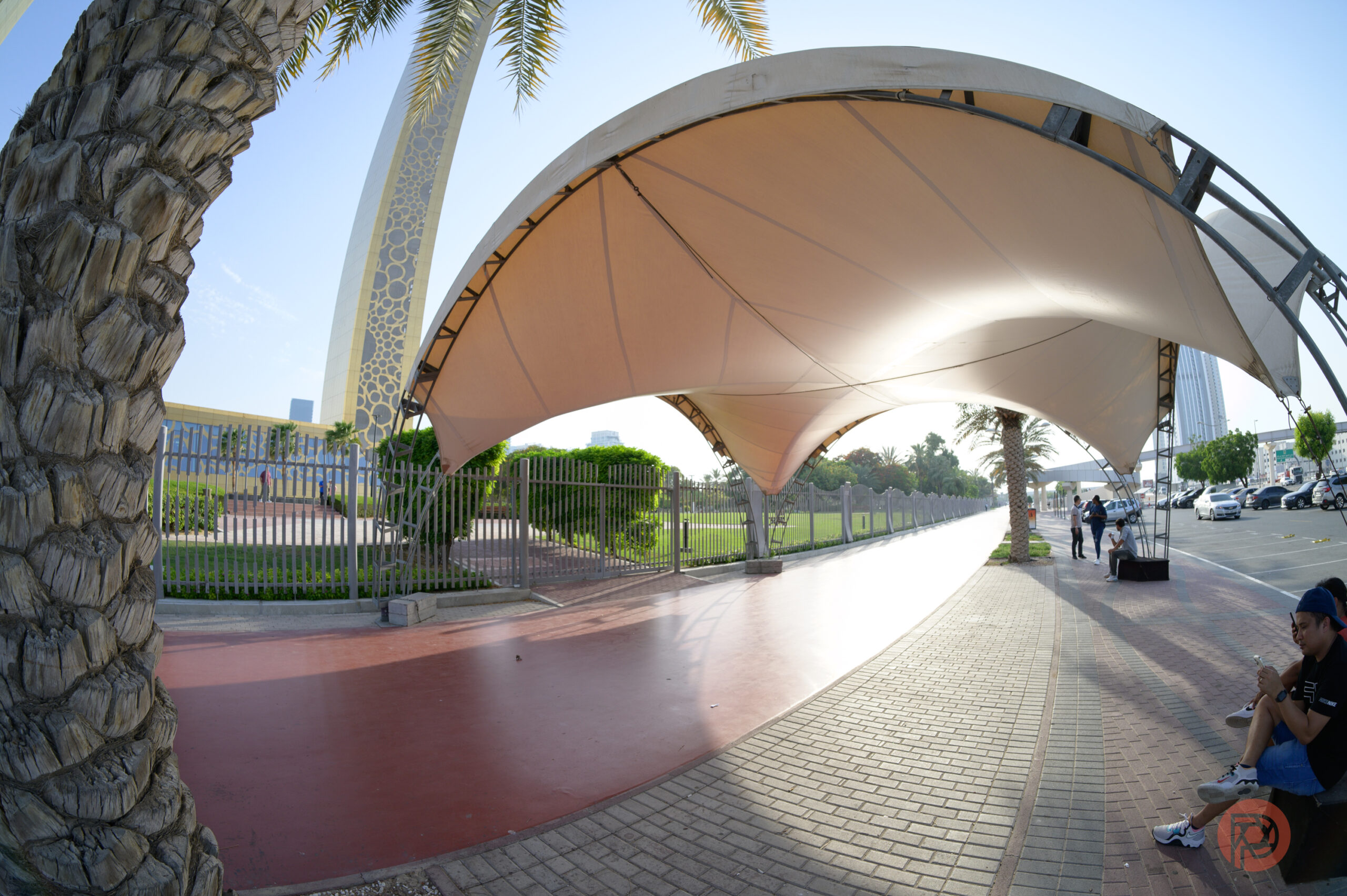
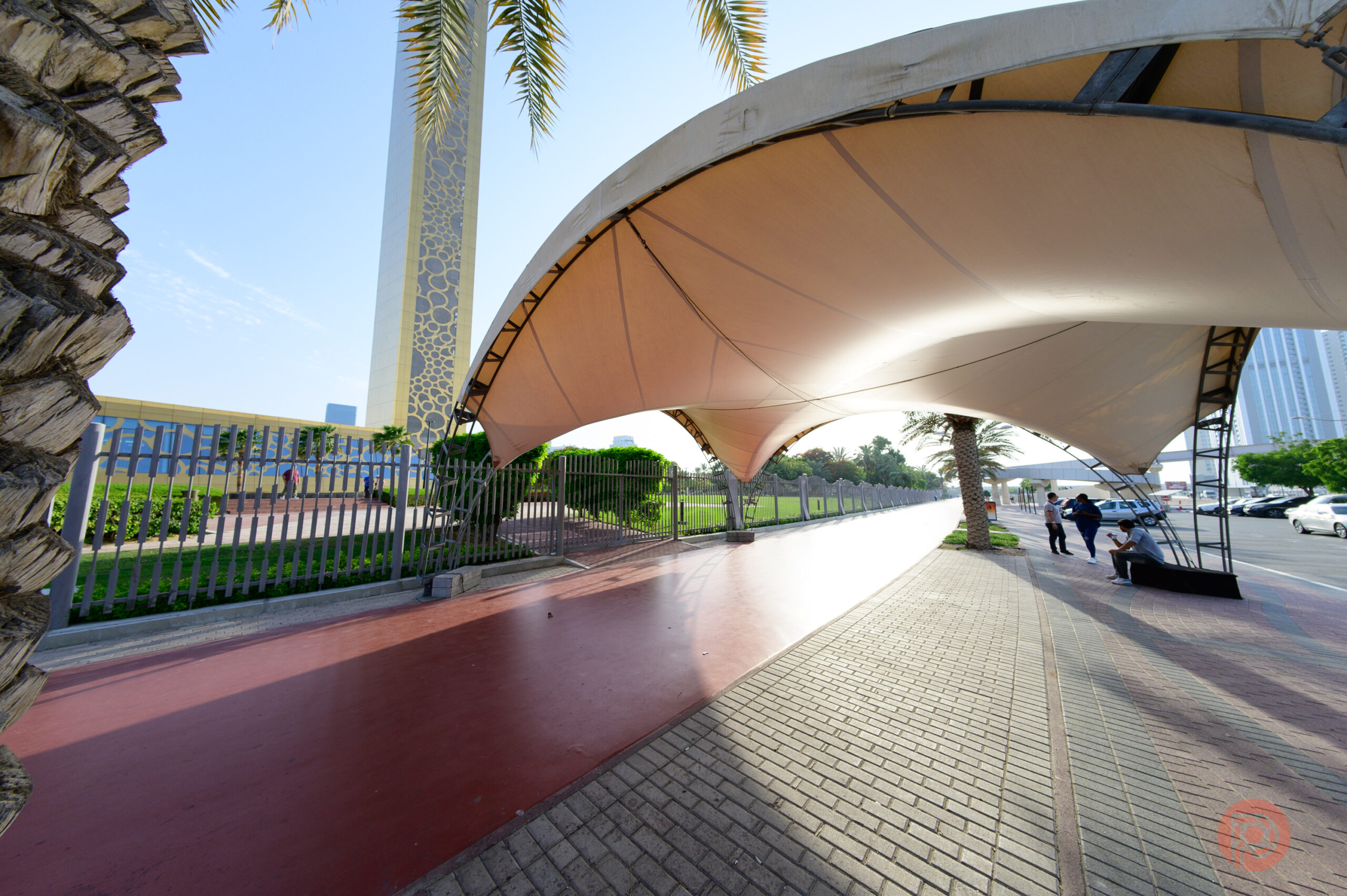
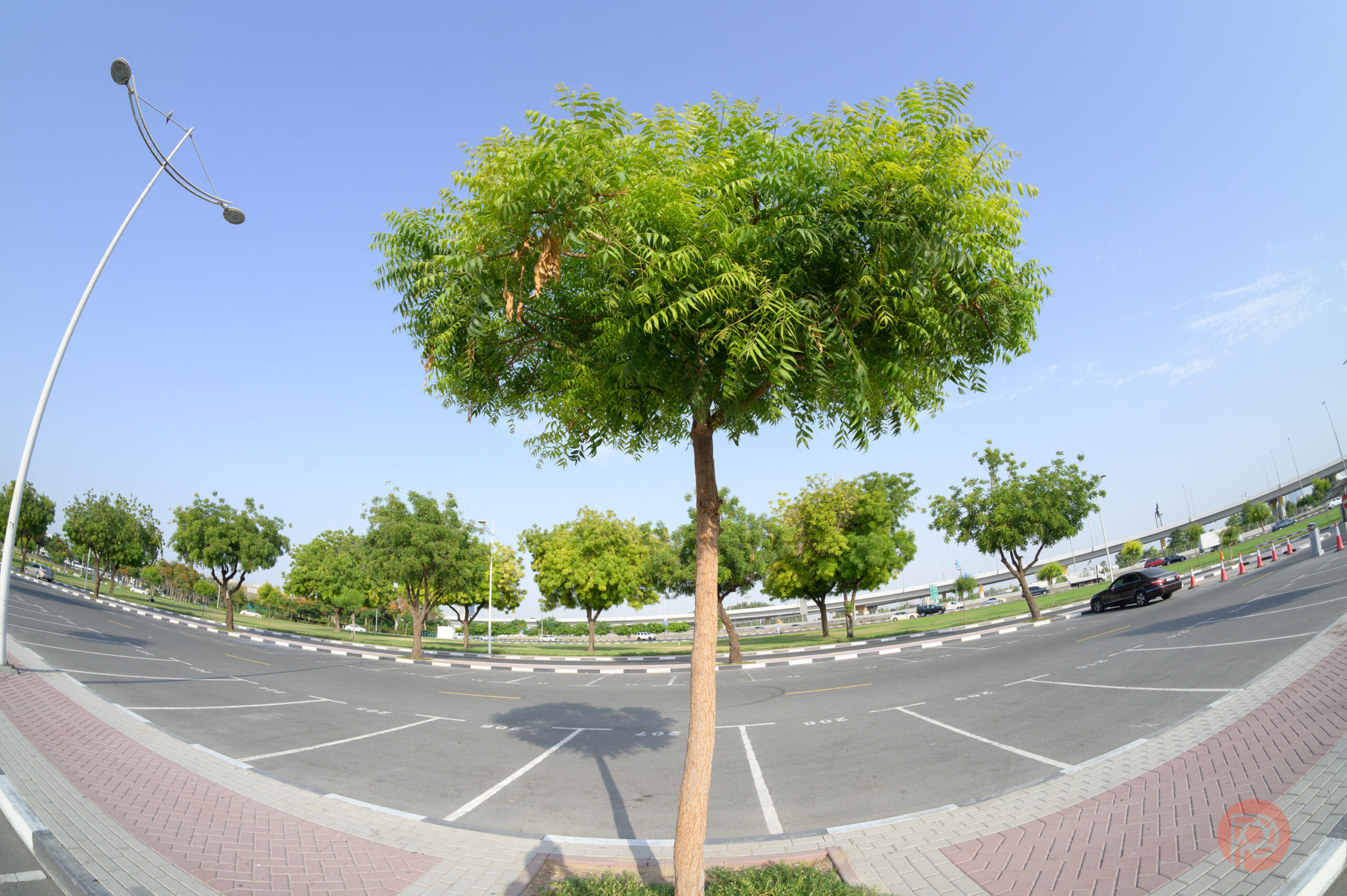
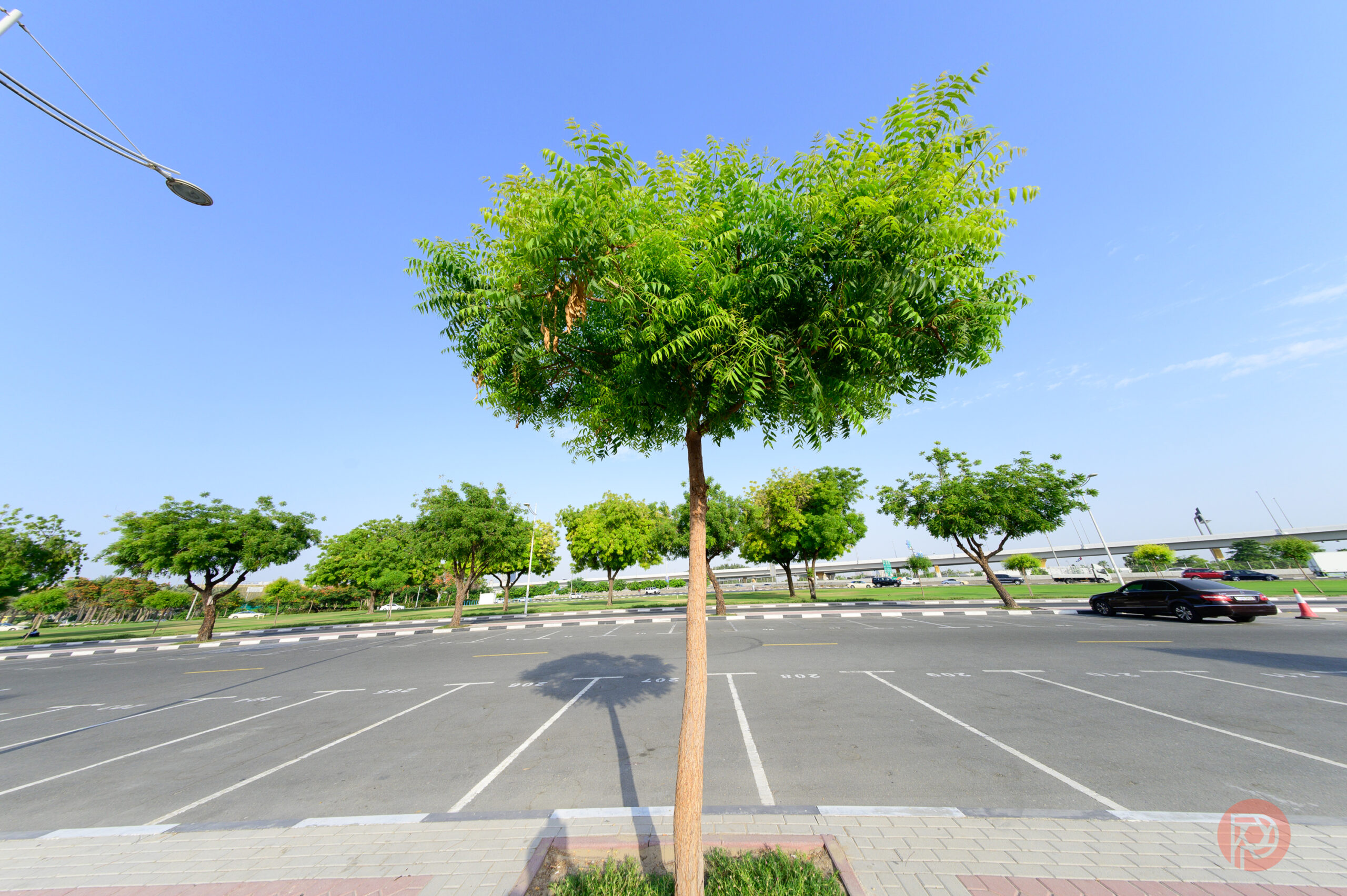
Who Should Buy It?
It’s not for everyone. If you really don’t have the need to grab super-duper distorted wide-angle photos occasionally, then this really isn’t a lens that you need. How often can you post pictures that look like you’re looking through a peephole? AstrHori has no distortion correction info or downloadable profiles on its website. Neither Capture One Pro nor Adobe Photoshop could acceptably correct the distortion in the photos I took. If you’re a Lightroom user, you could try the Samyang 12mm f2.8 fisheye lens profile on Lightroom. Sadly this isn’t available on Capture One, and the manual distortion correction doesn’t help.
It’s also tricky to work with a lens so wide that you can almost see what’s slightly behind or under it even. But that’s one of the charms of this lens which might be the reason you buy it in the first place.
Tech Specs
Pergear lists the following tech specs for the AstrHori 12mm f2.8 fisheye lens:
- 11 elements in 8 groups. 5-blade diaphragm
- 185° Ultra-wide Angle of View
- On-body aperture ring from f2.8 to f16
- 757.5g weight
- All-metal lens barrel
- Close focusing distance of 20cm
- Multi-layer coating to suppress flare and ghosting for greater contrast and color fidelity when working in strong lighting conditions.
The Phoblographer may receive affiliate compensation for products purchased using links in this blog post.


